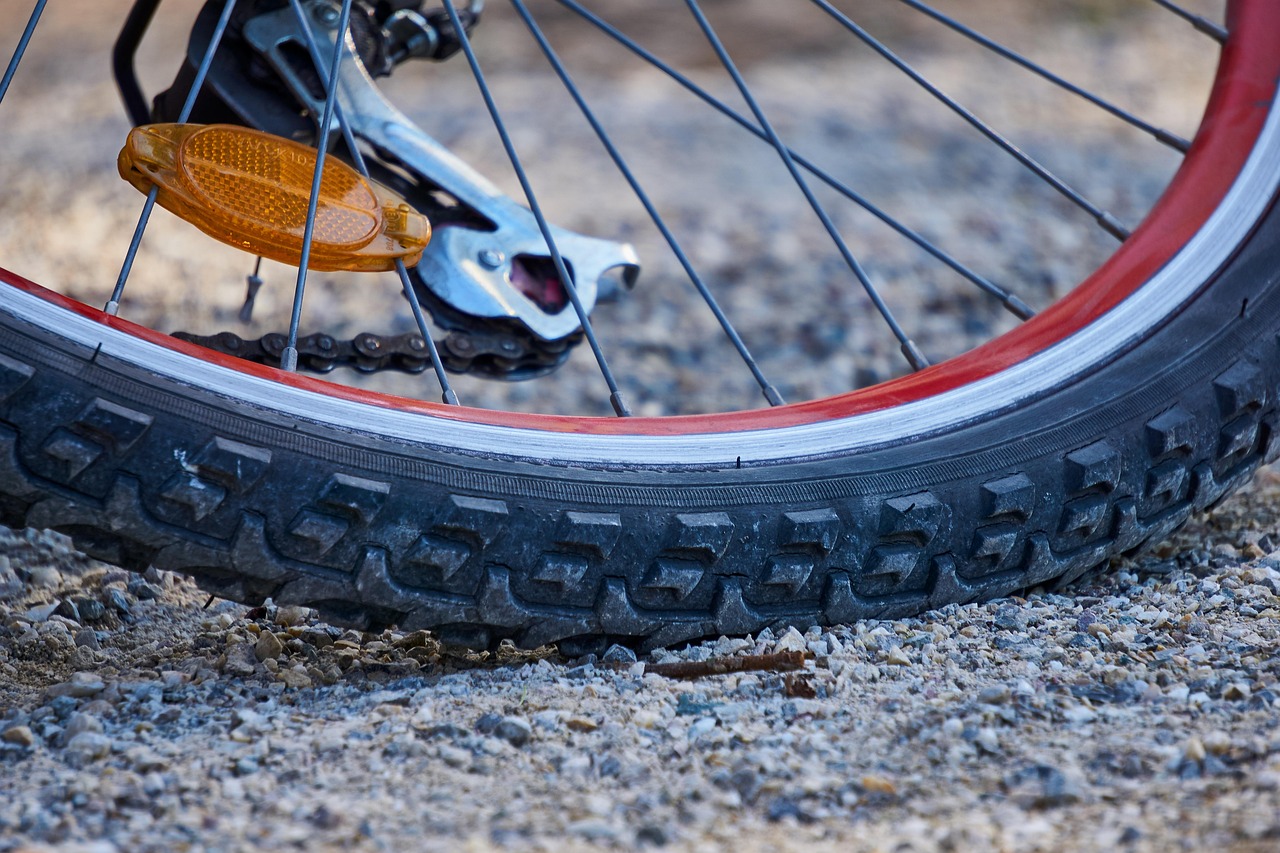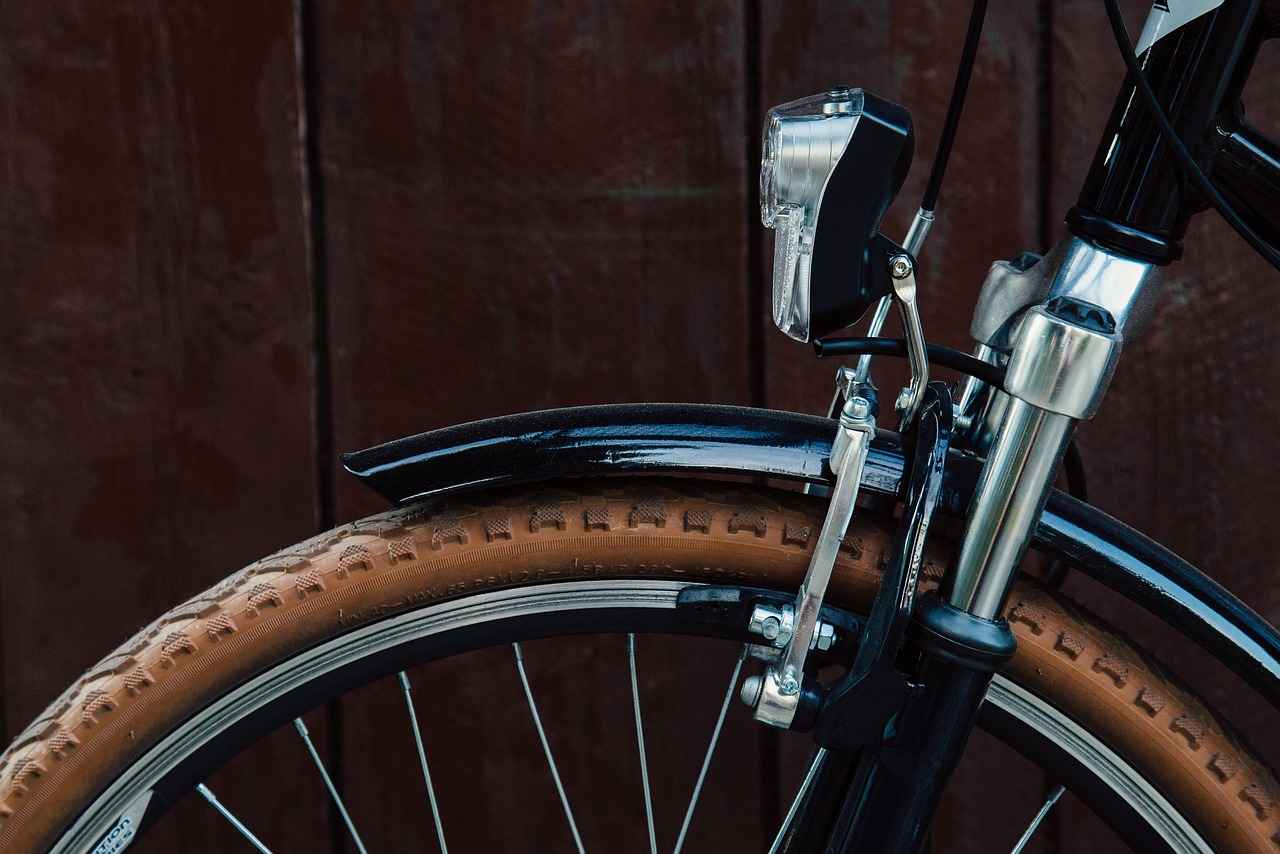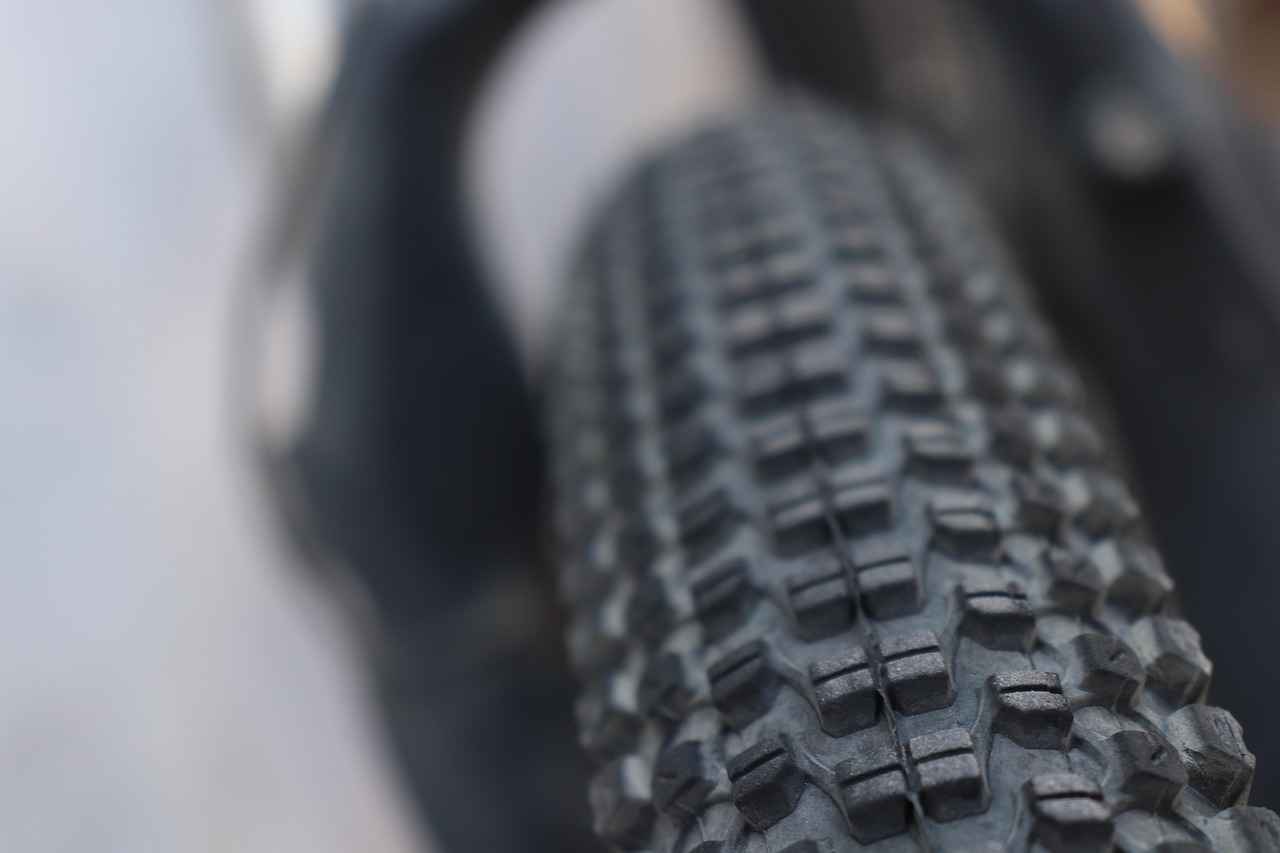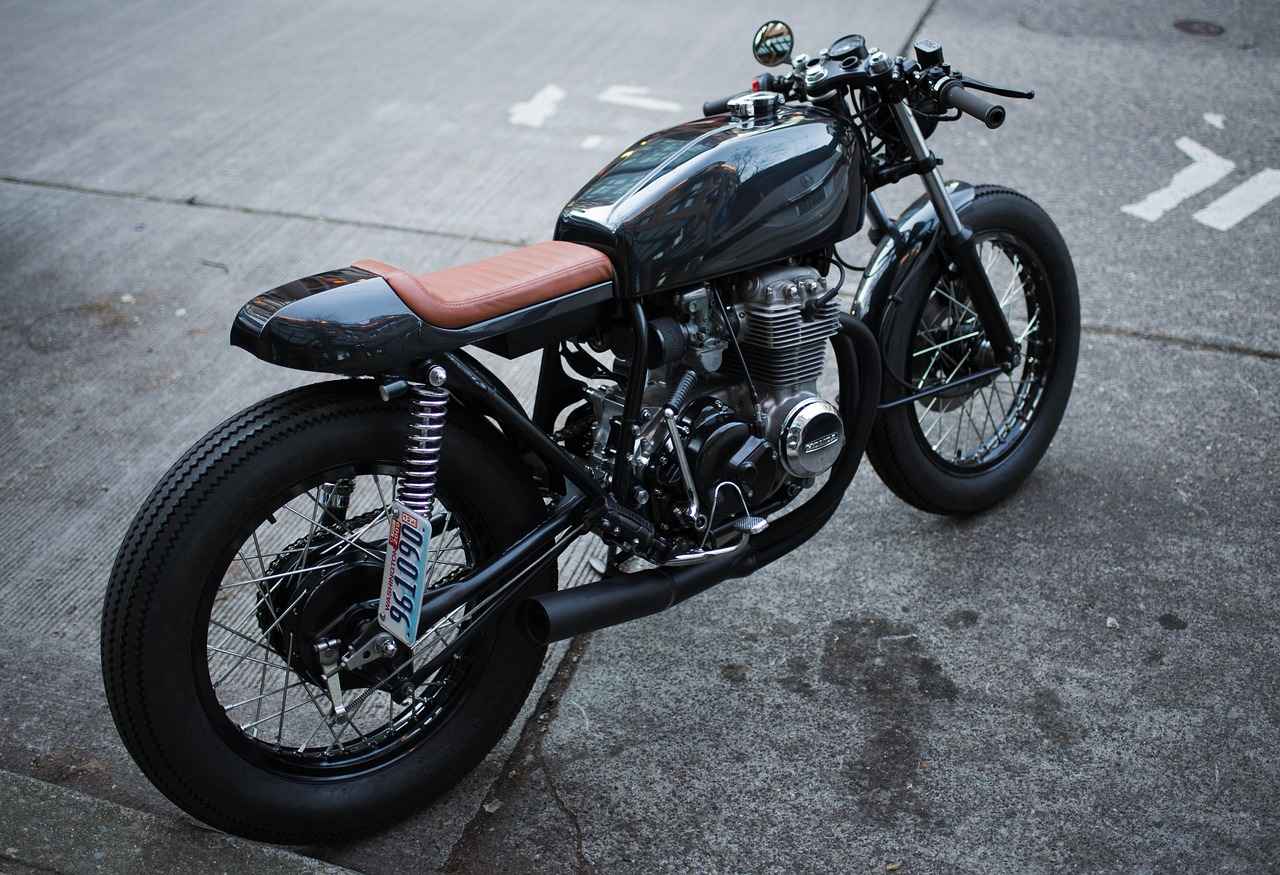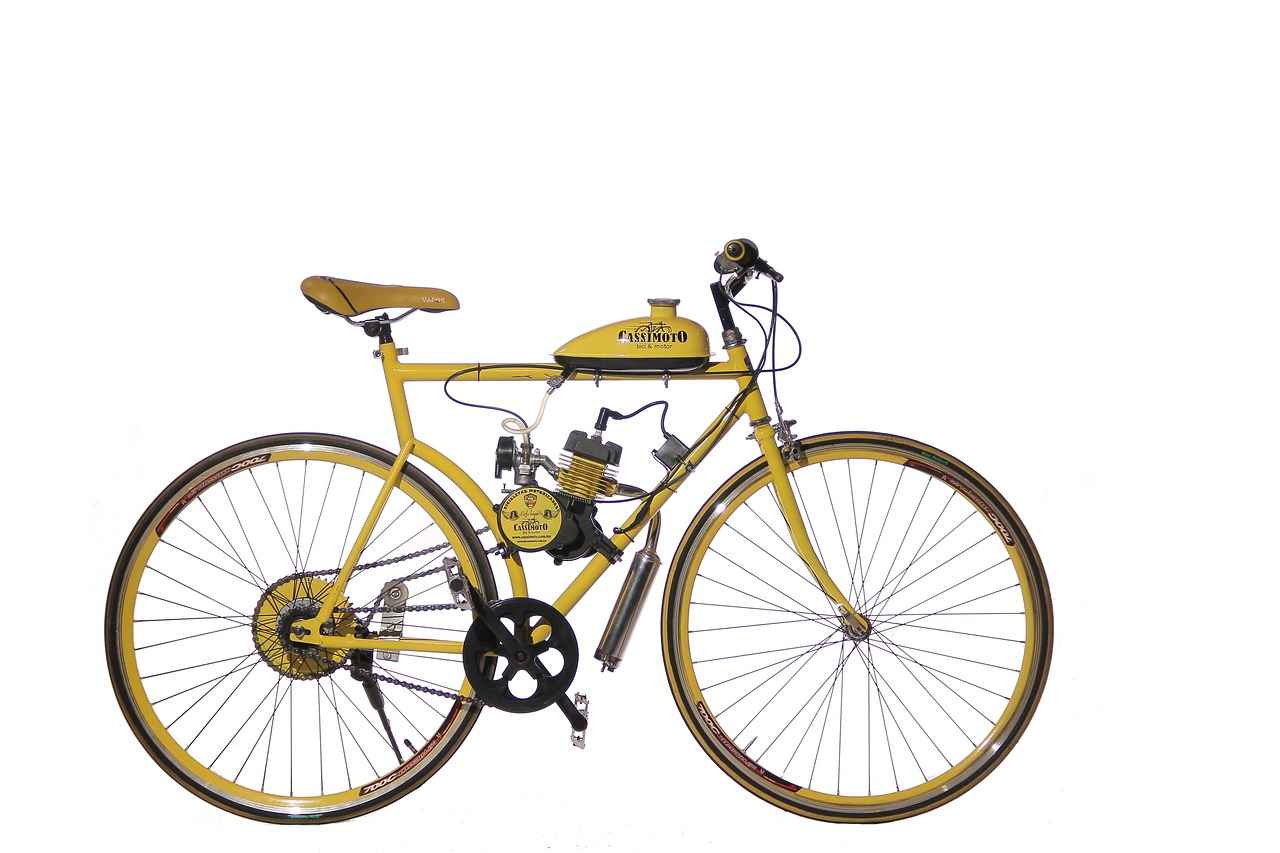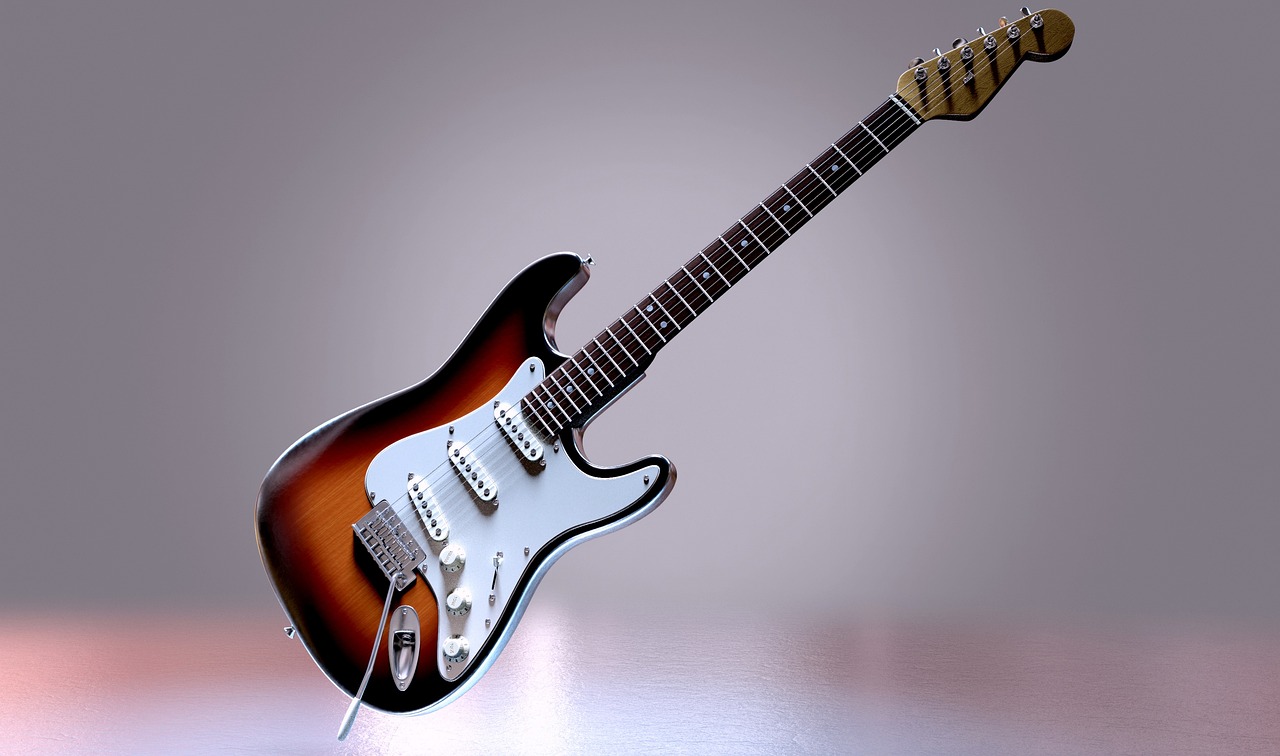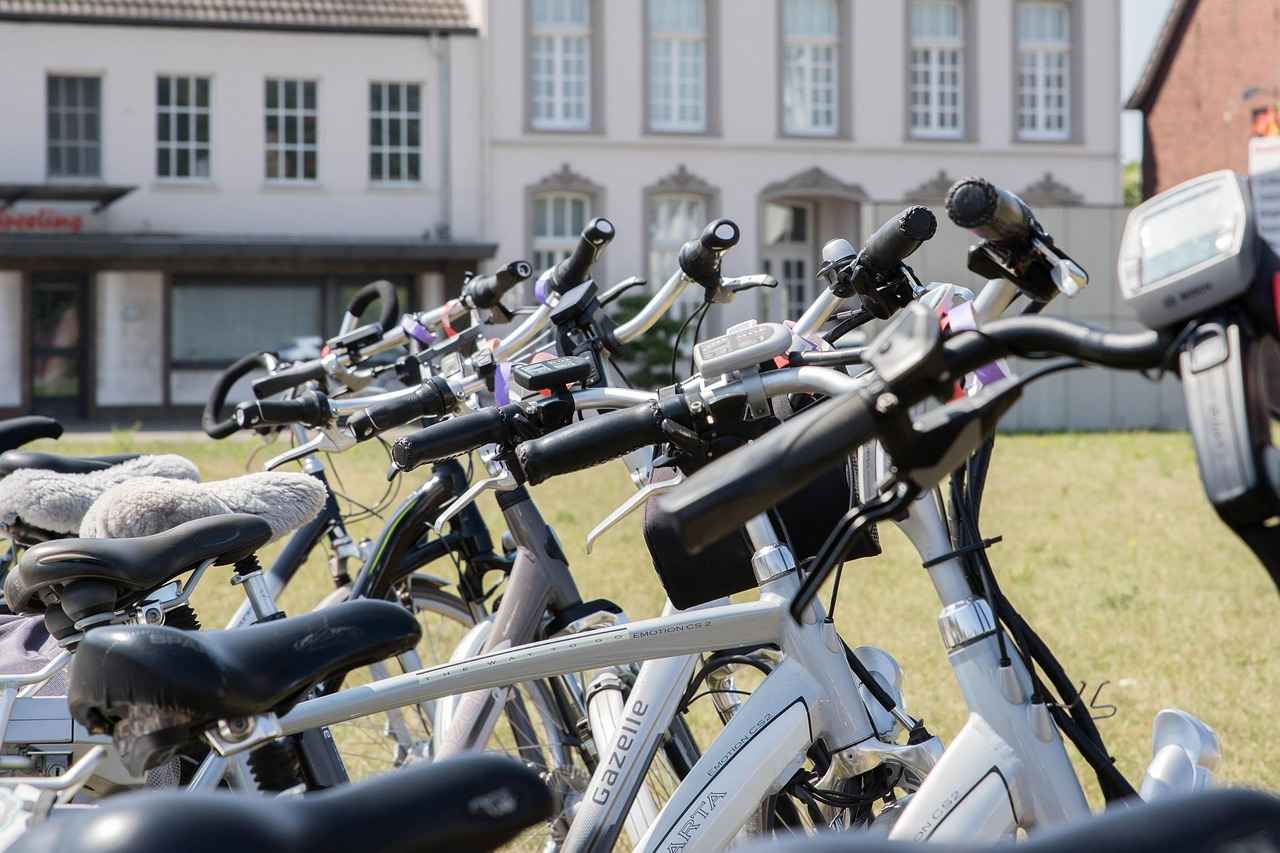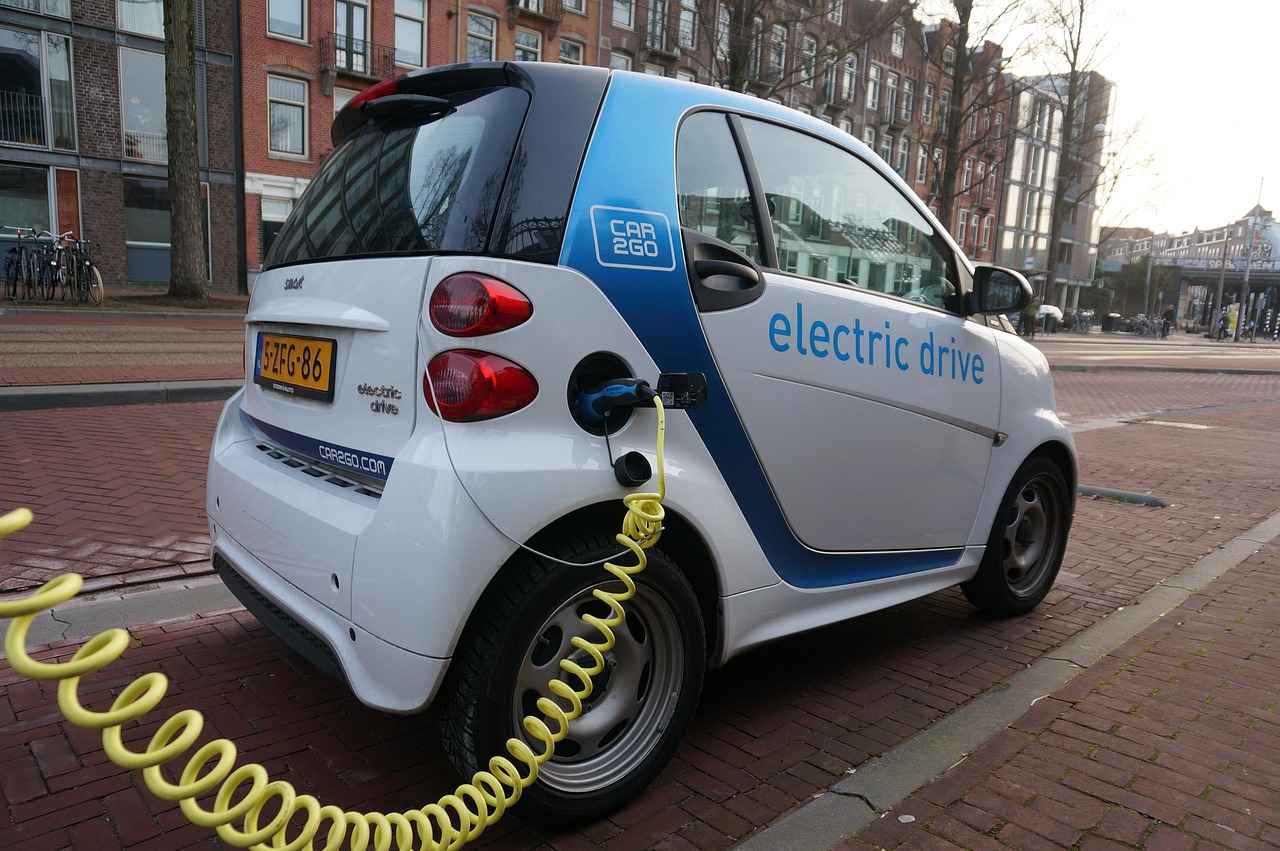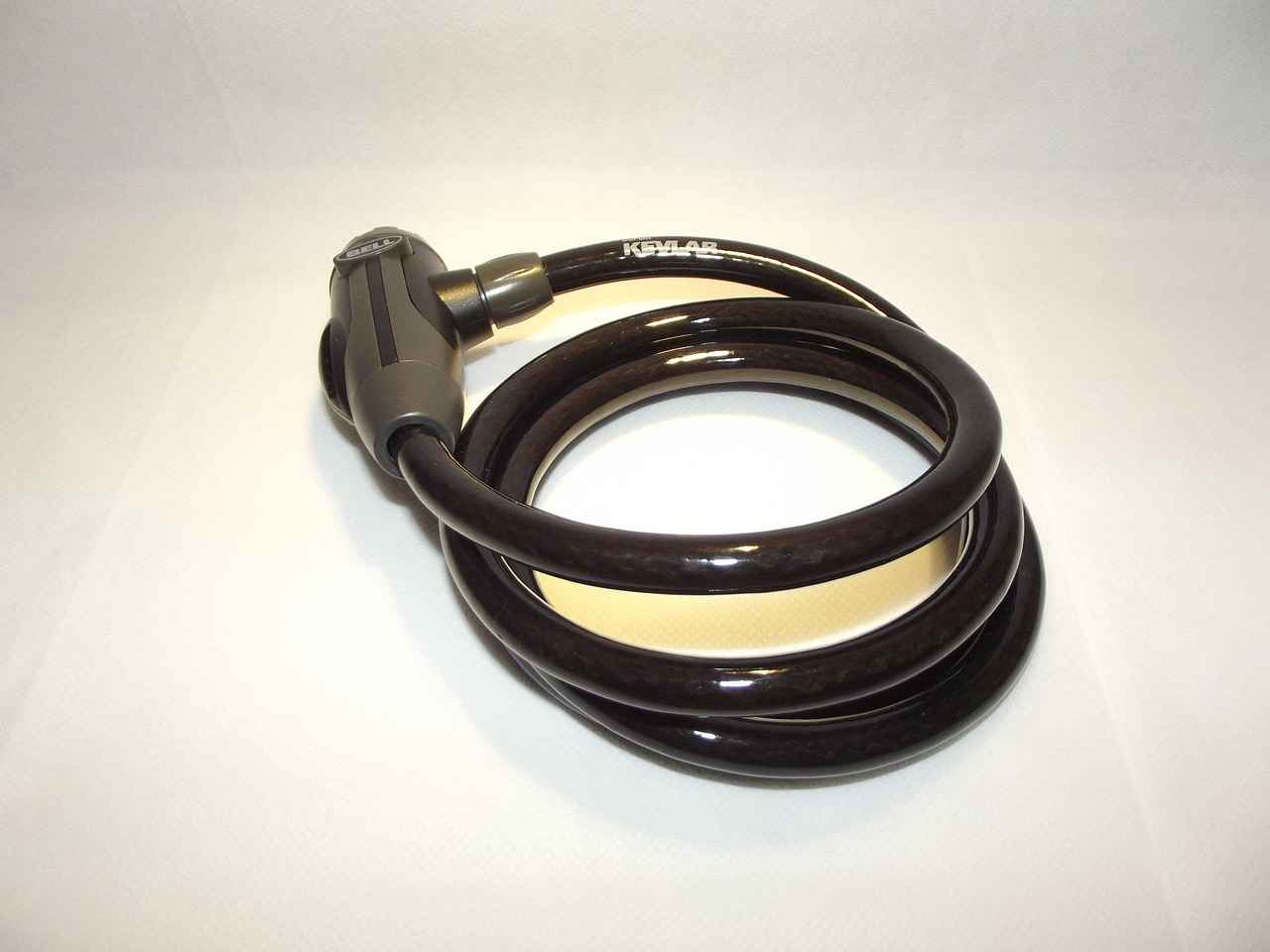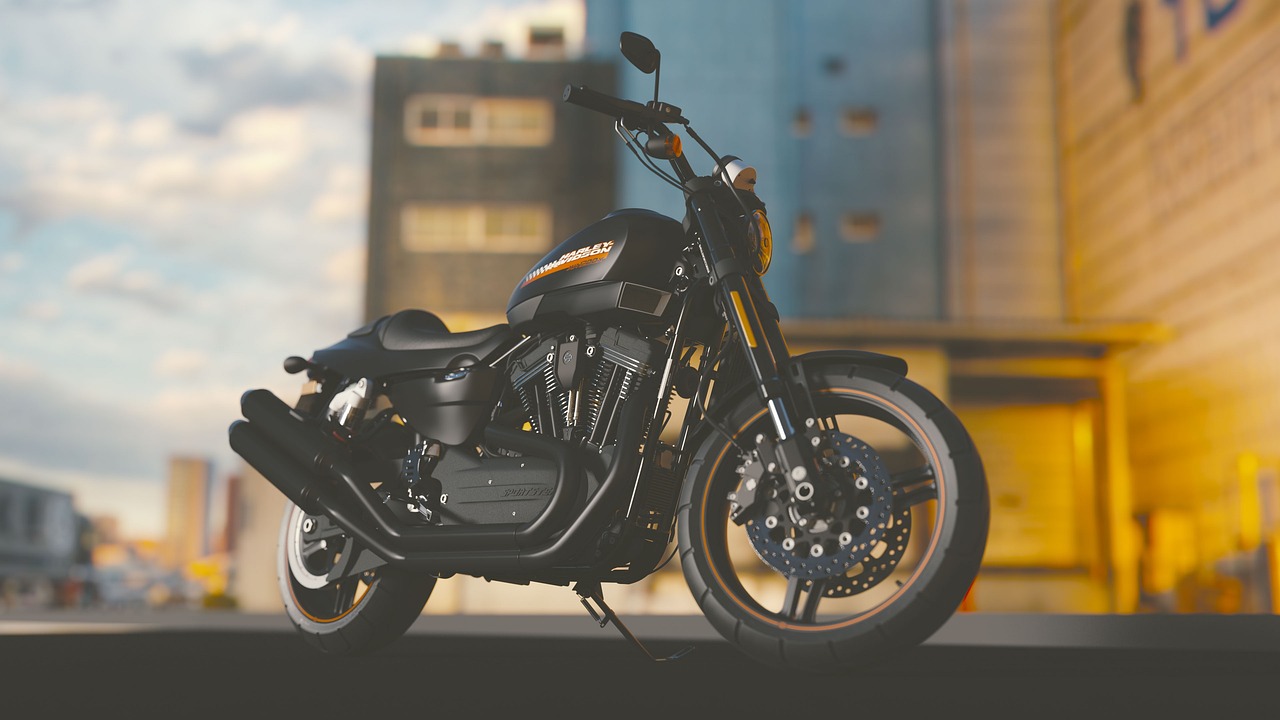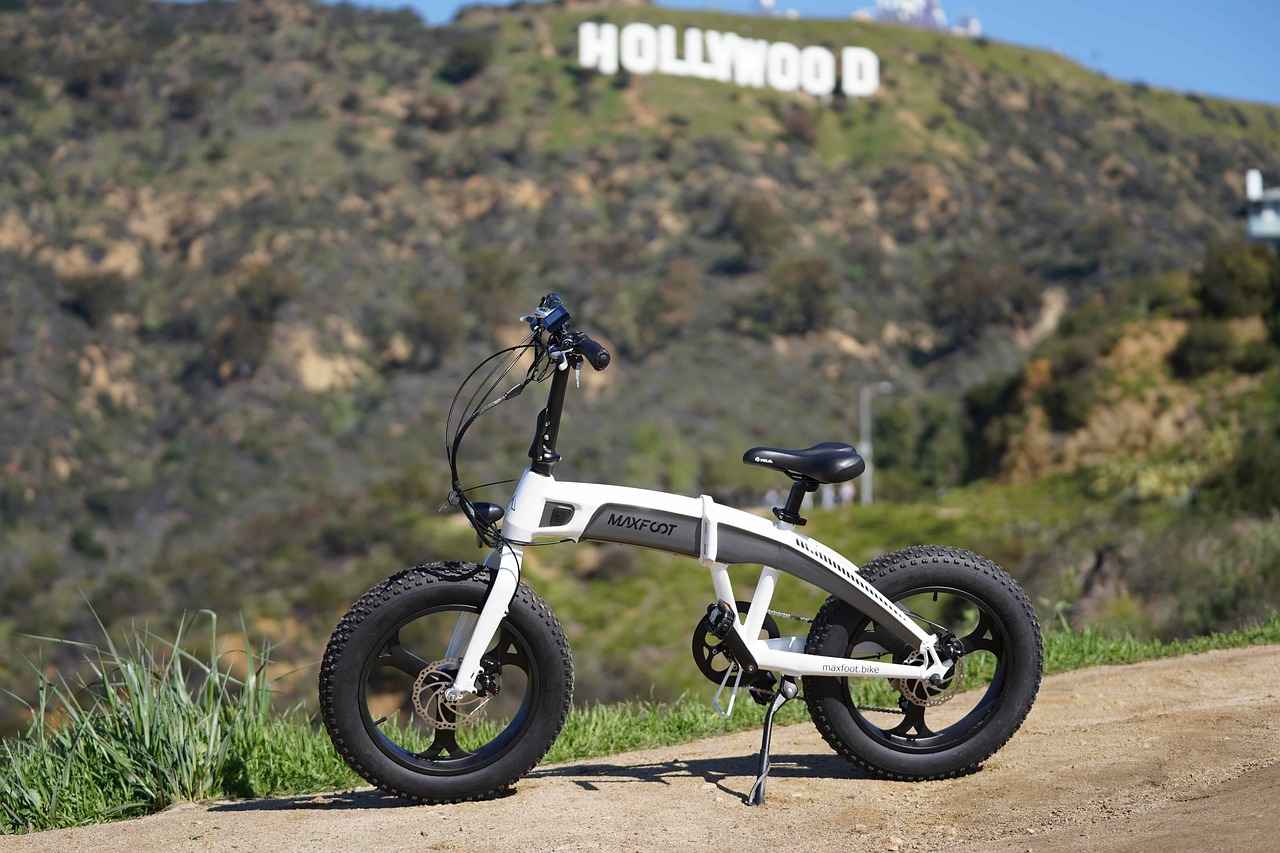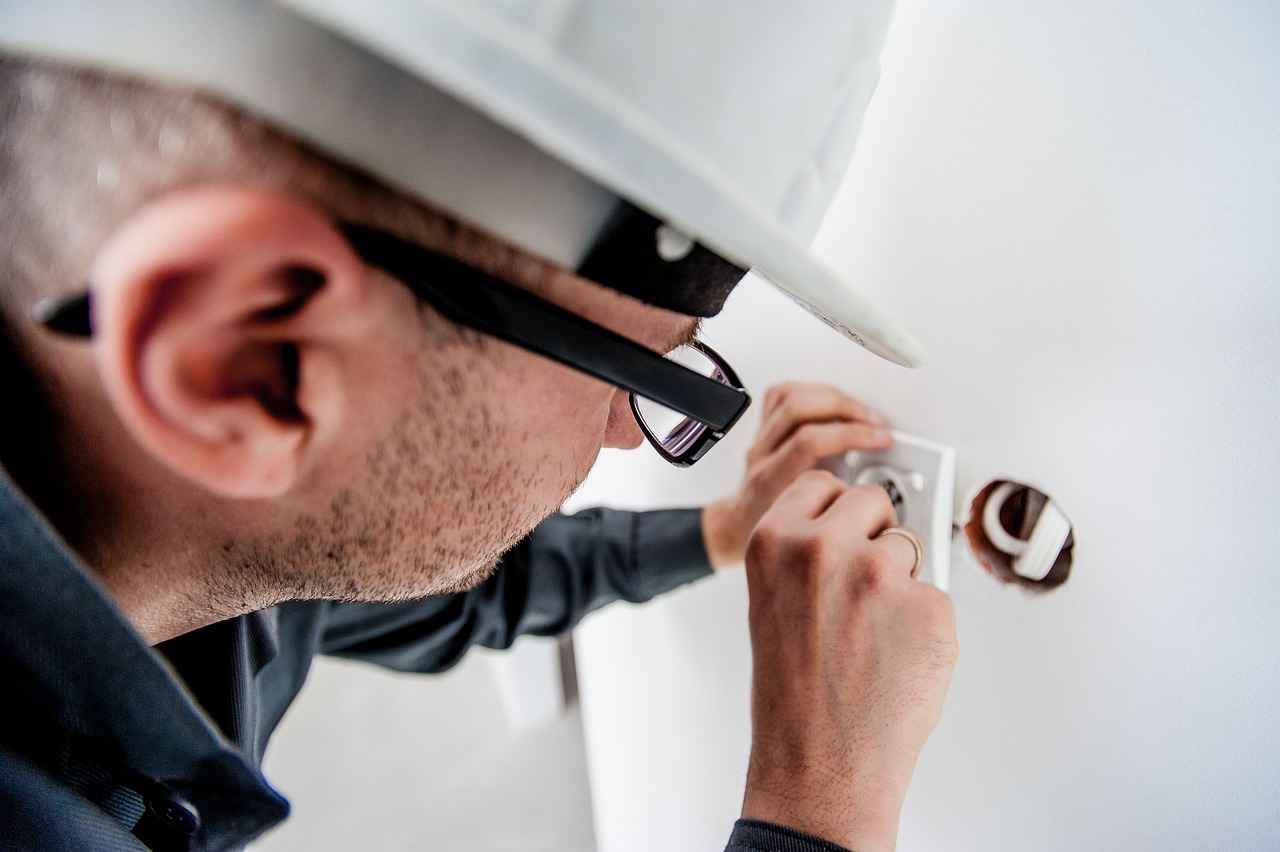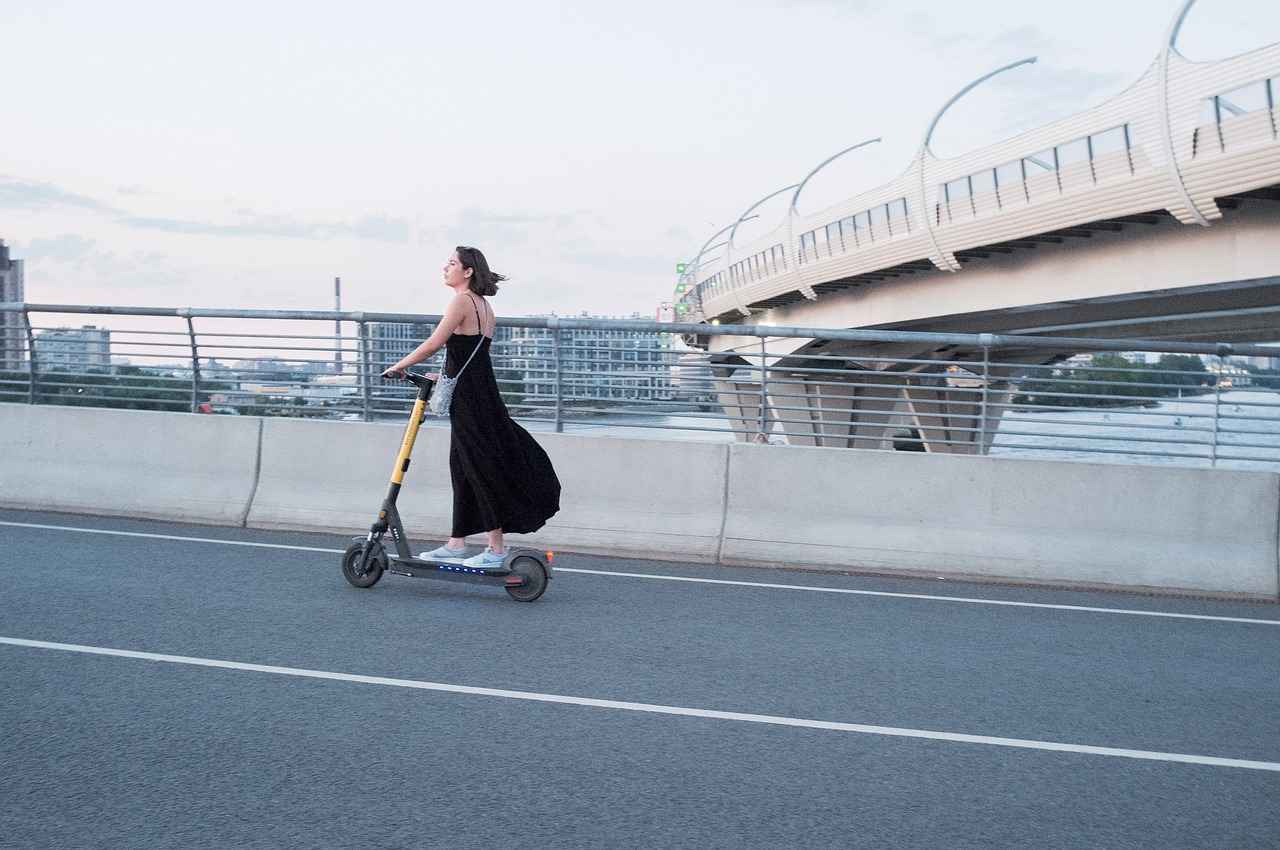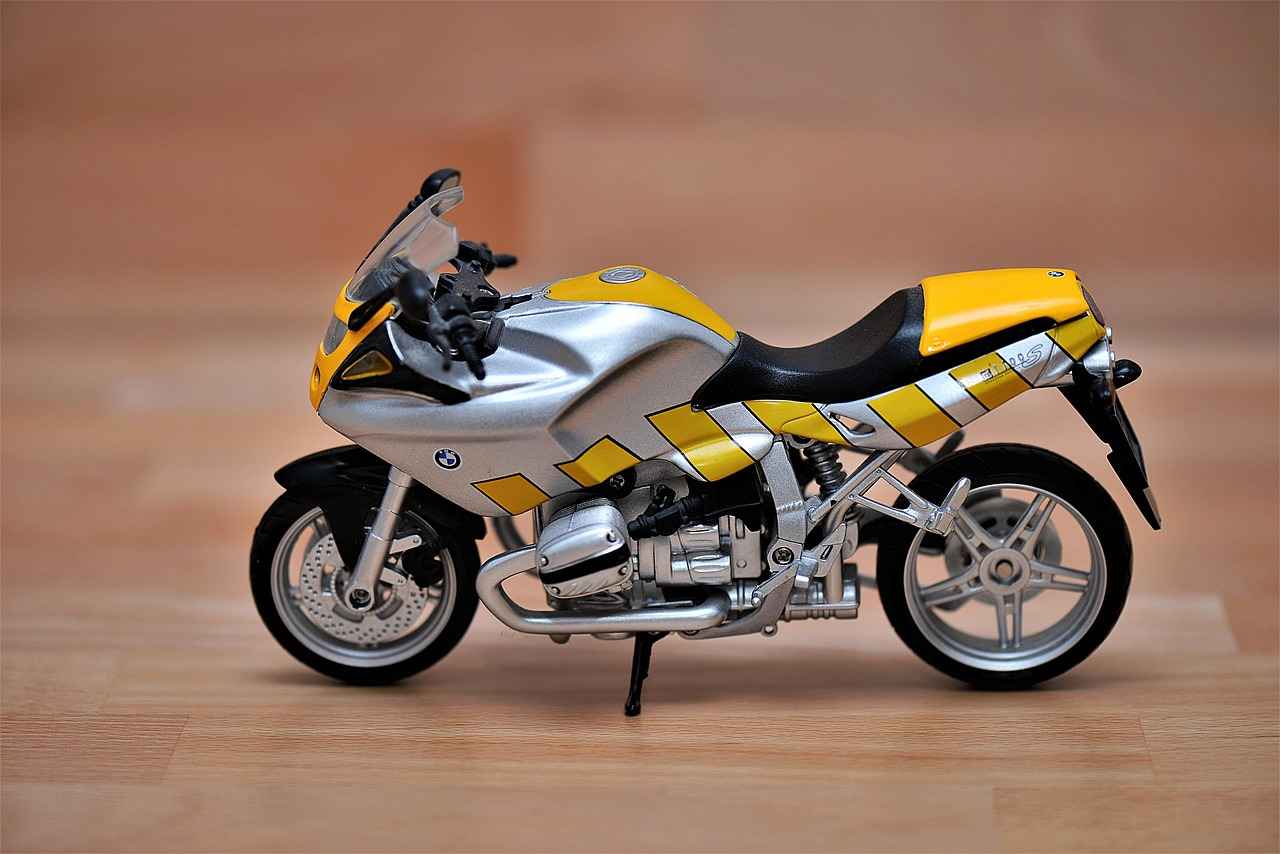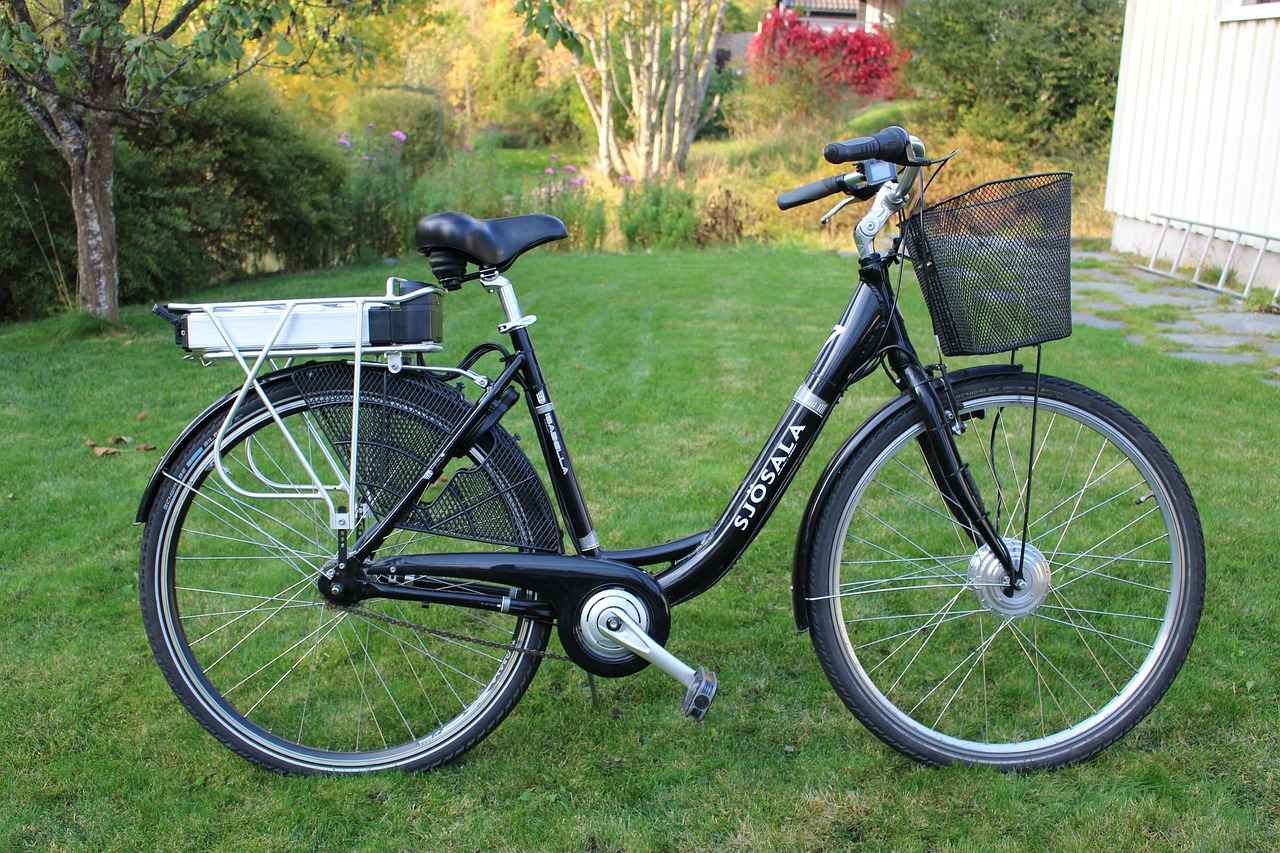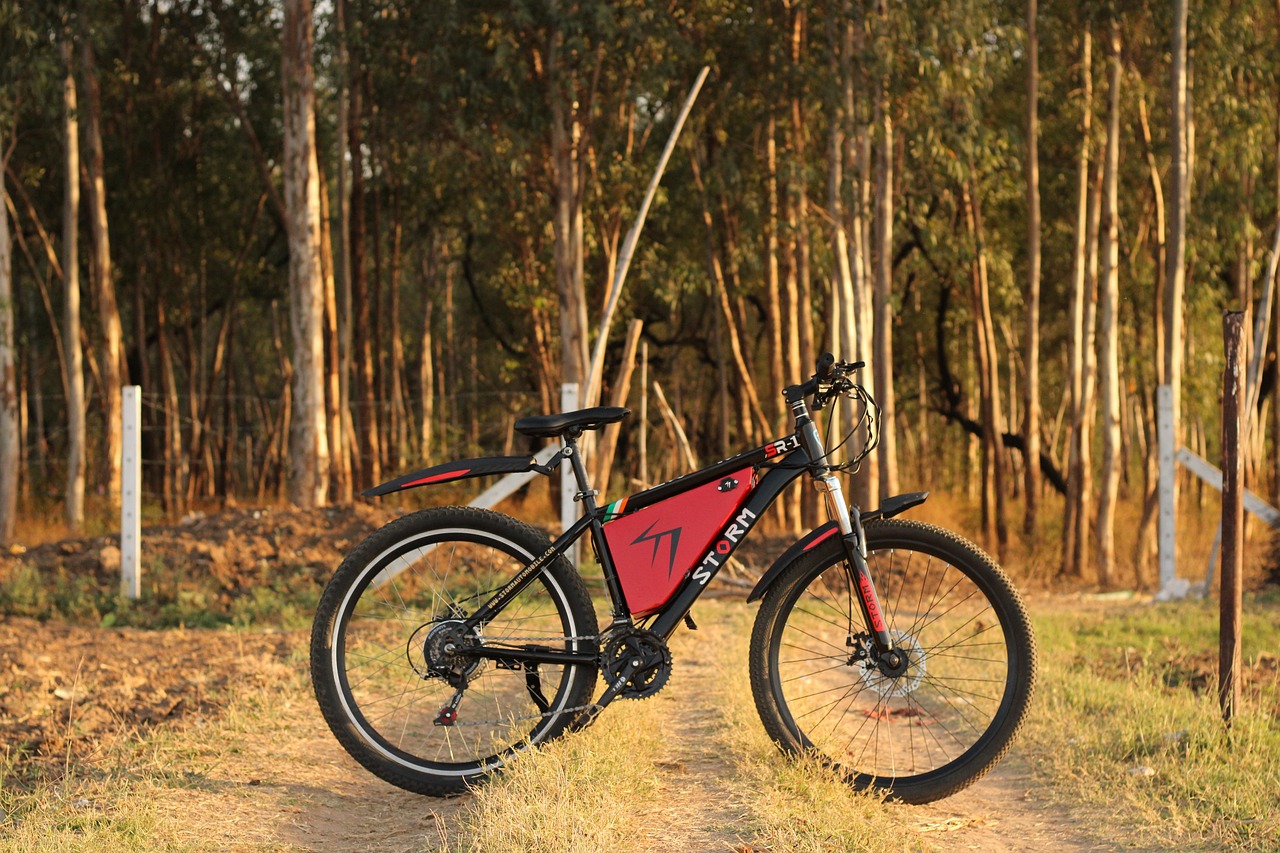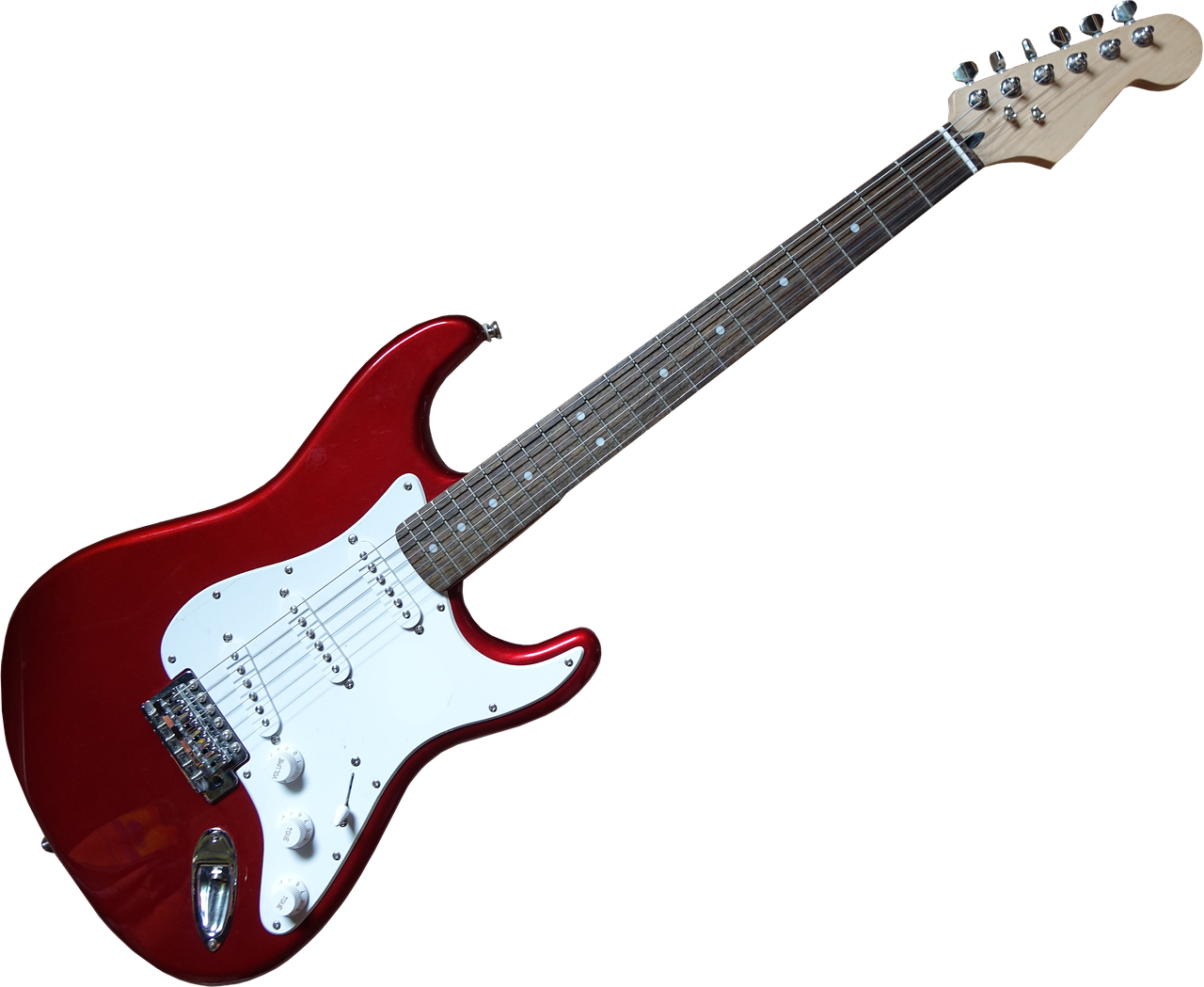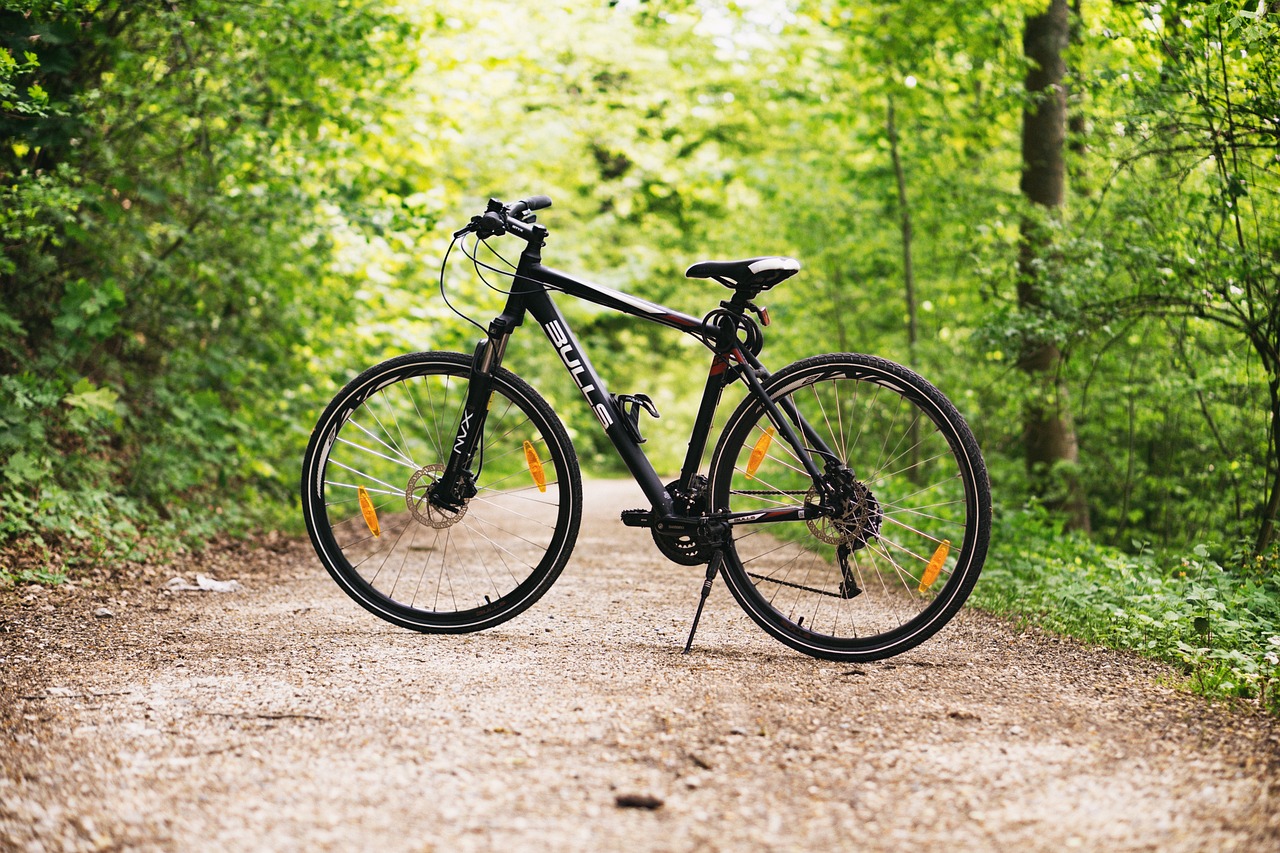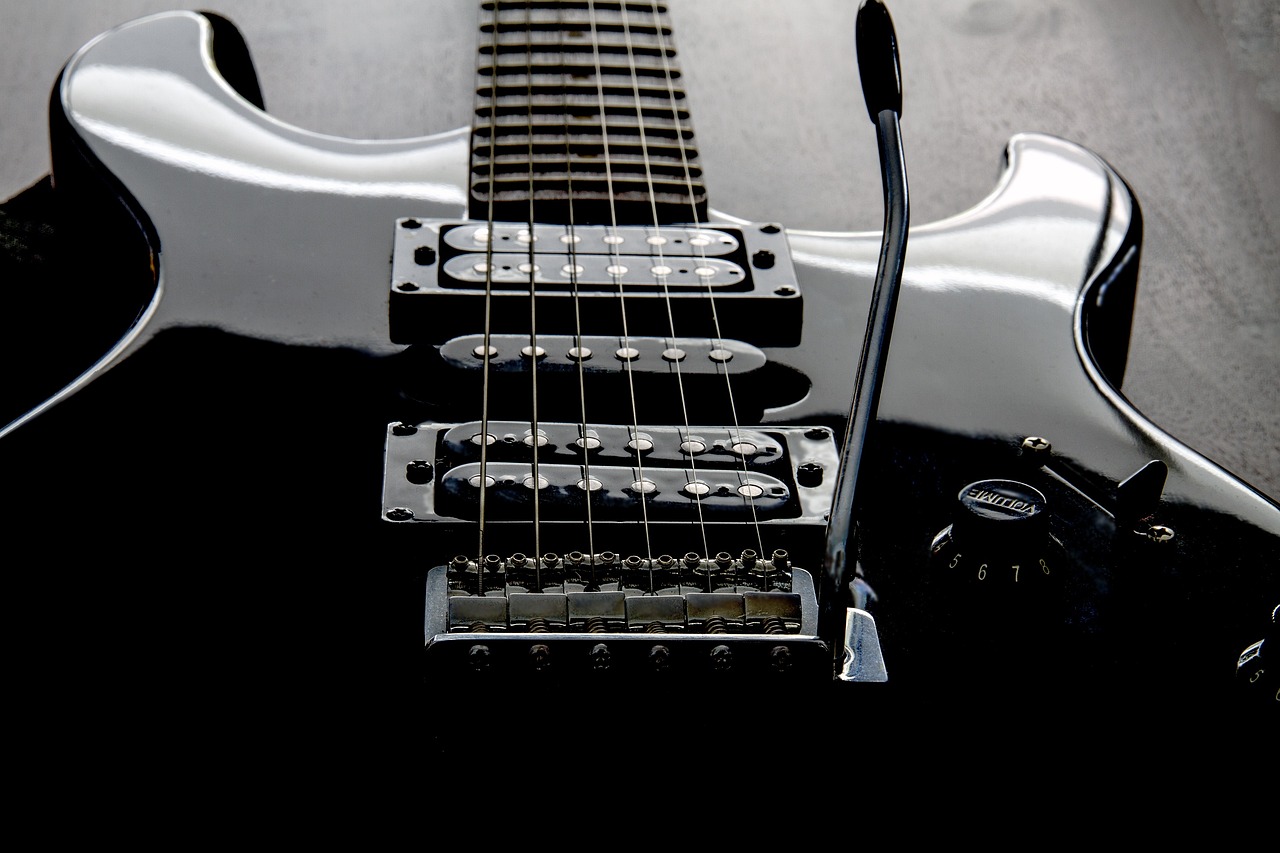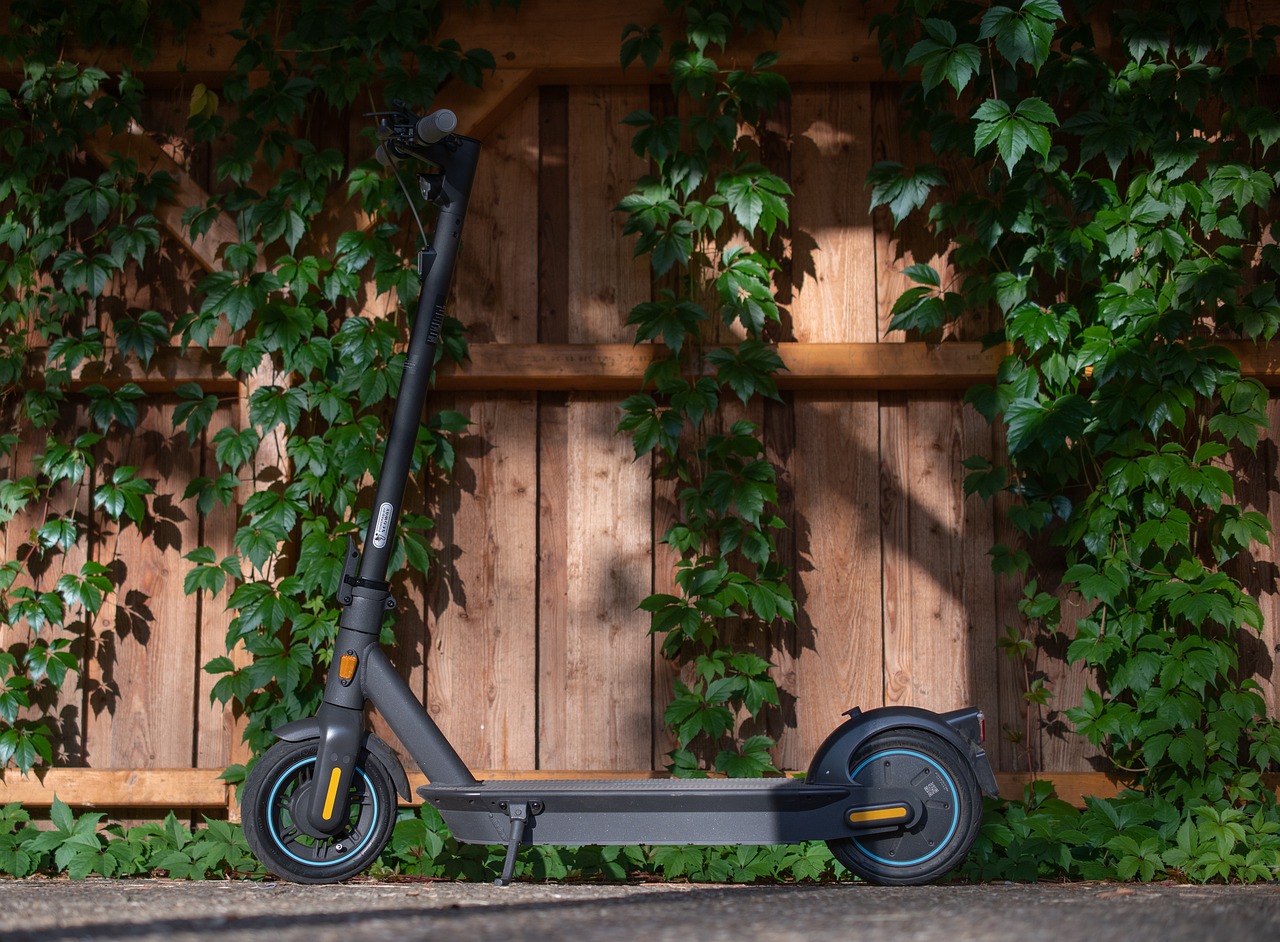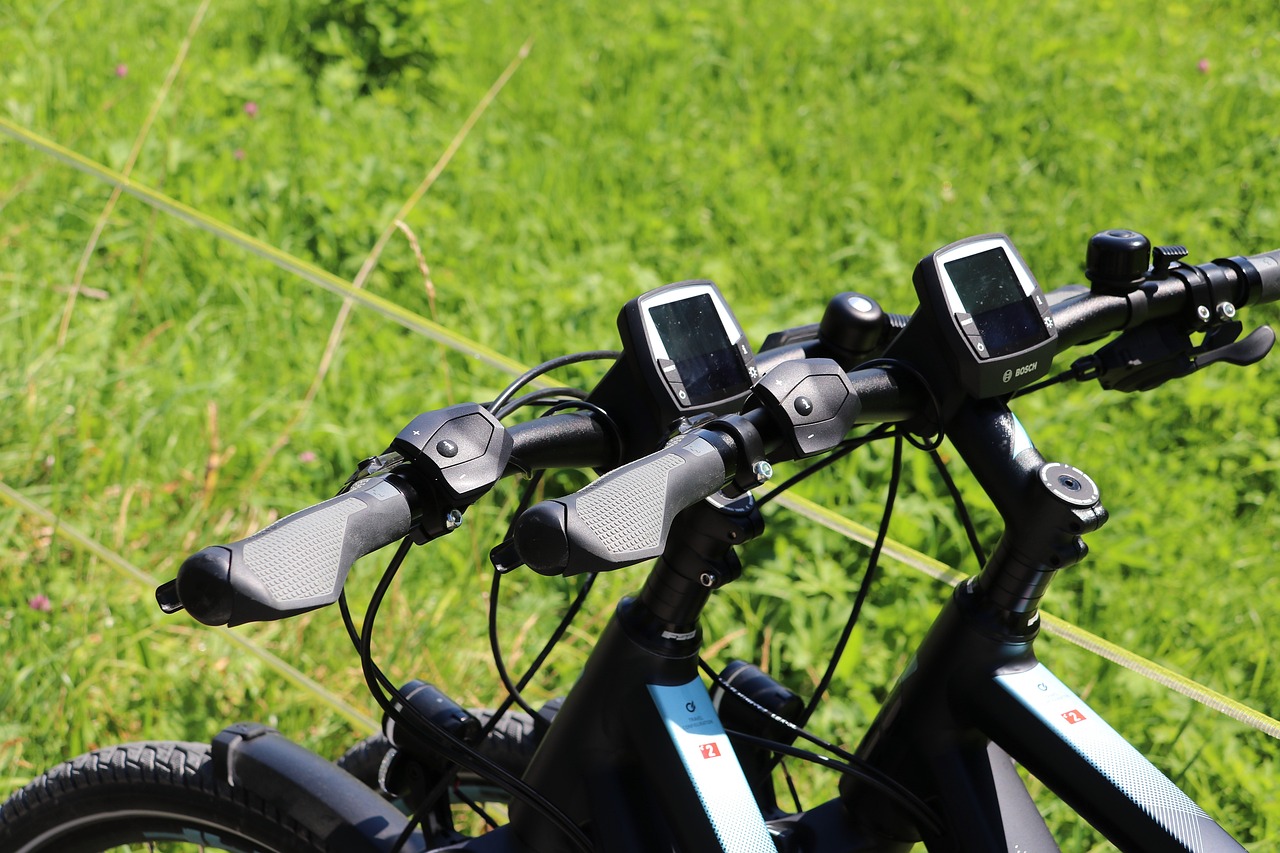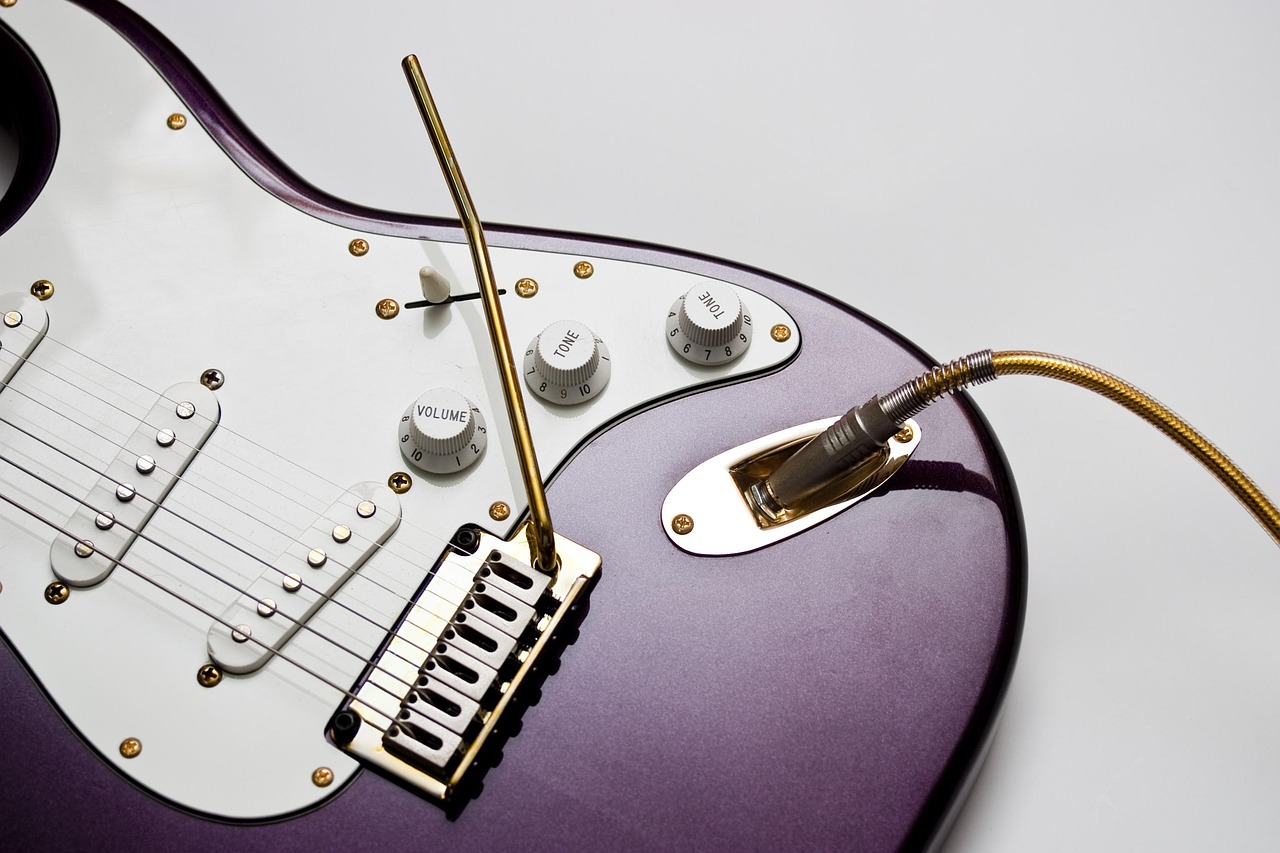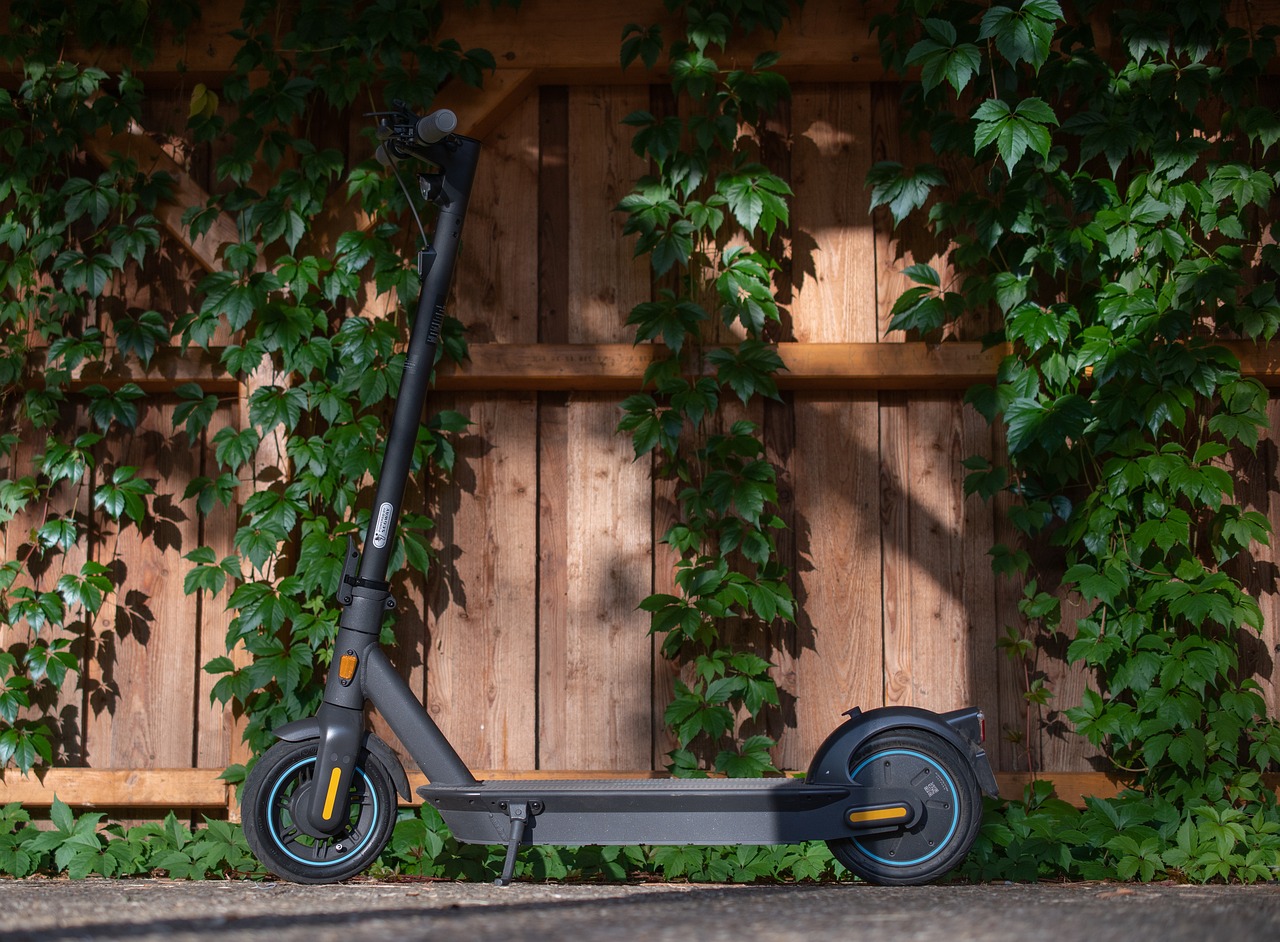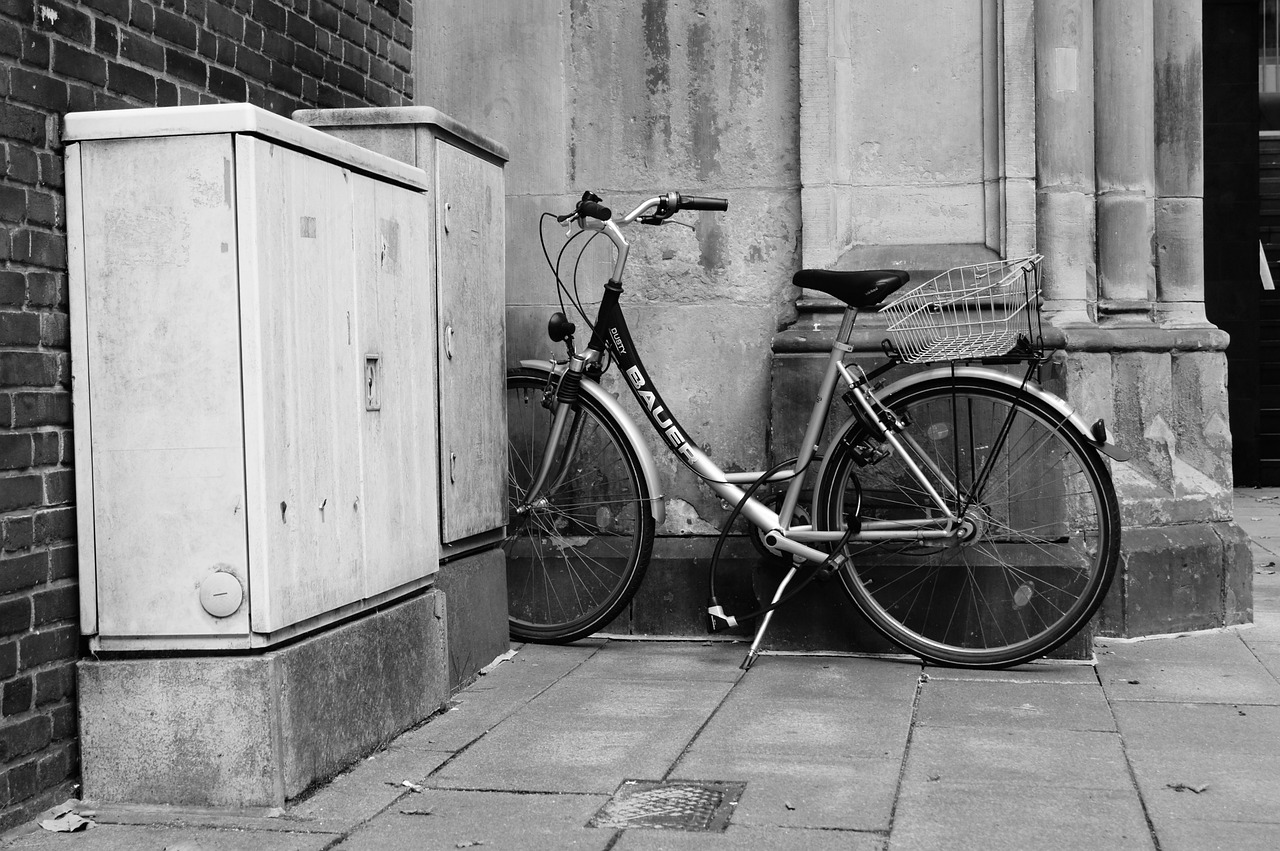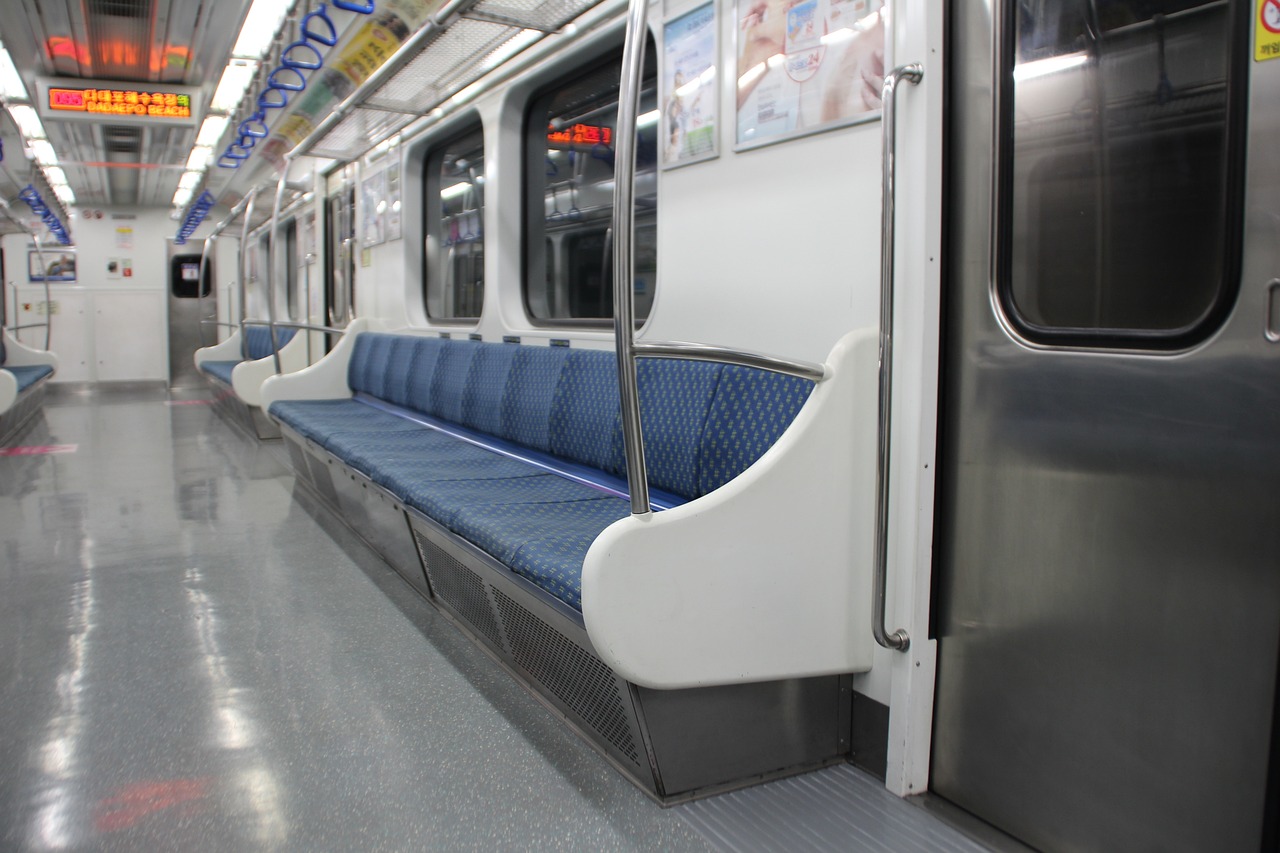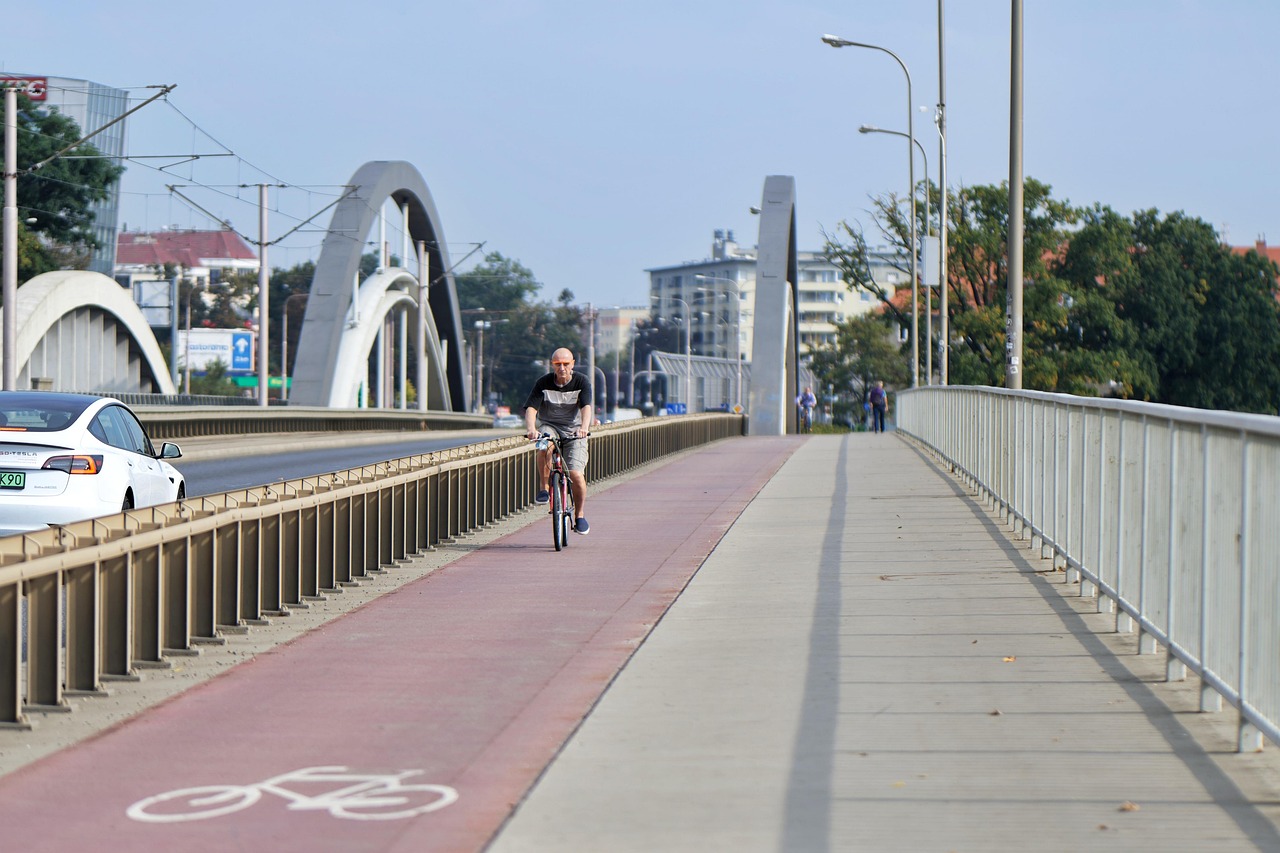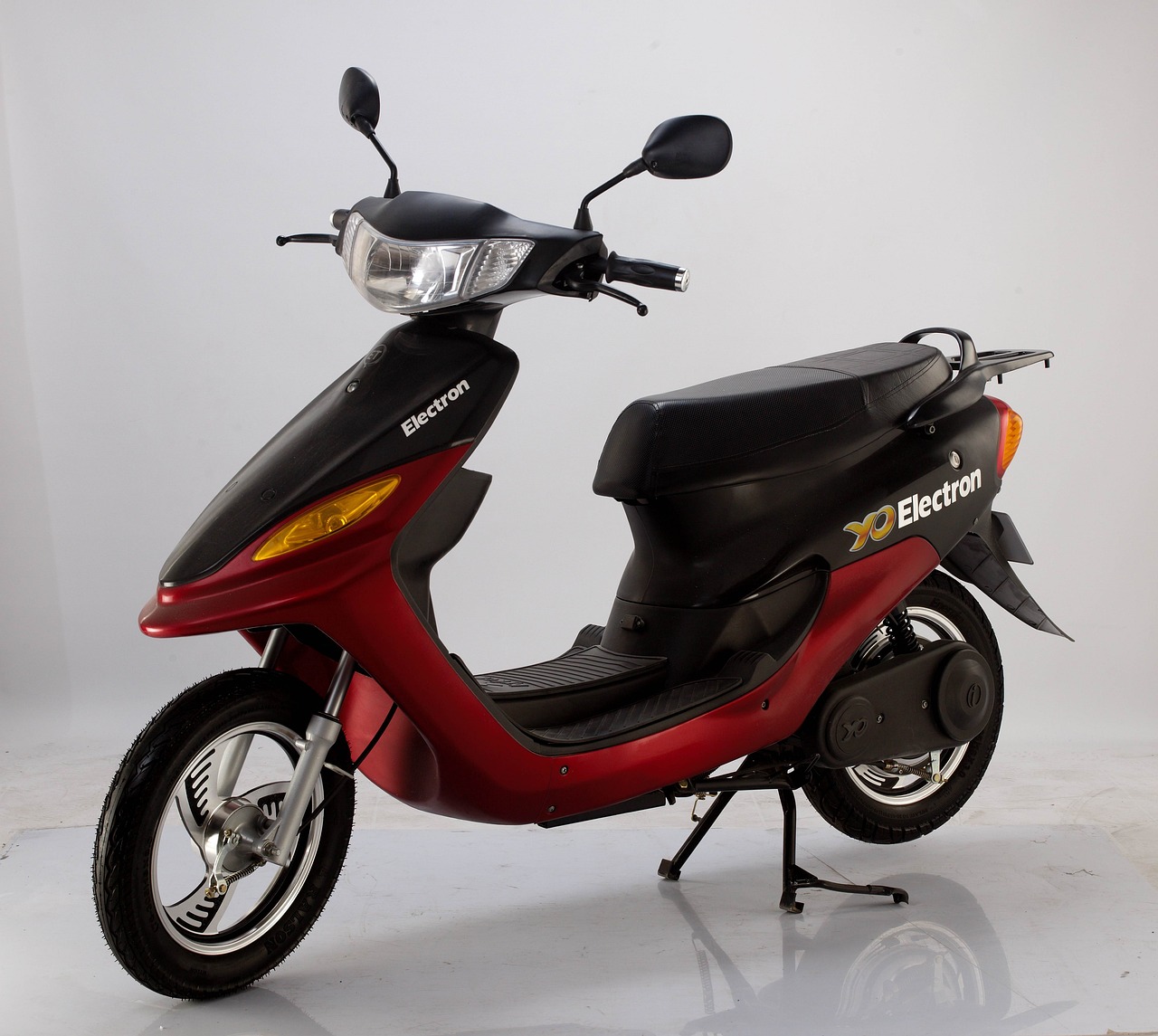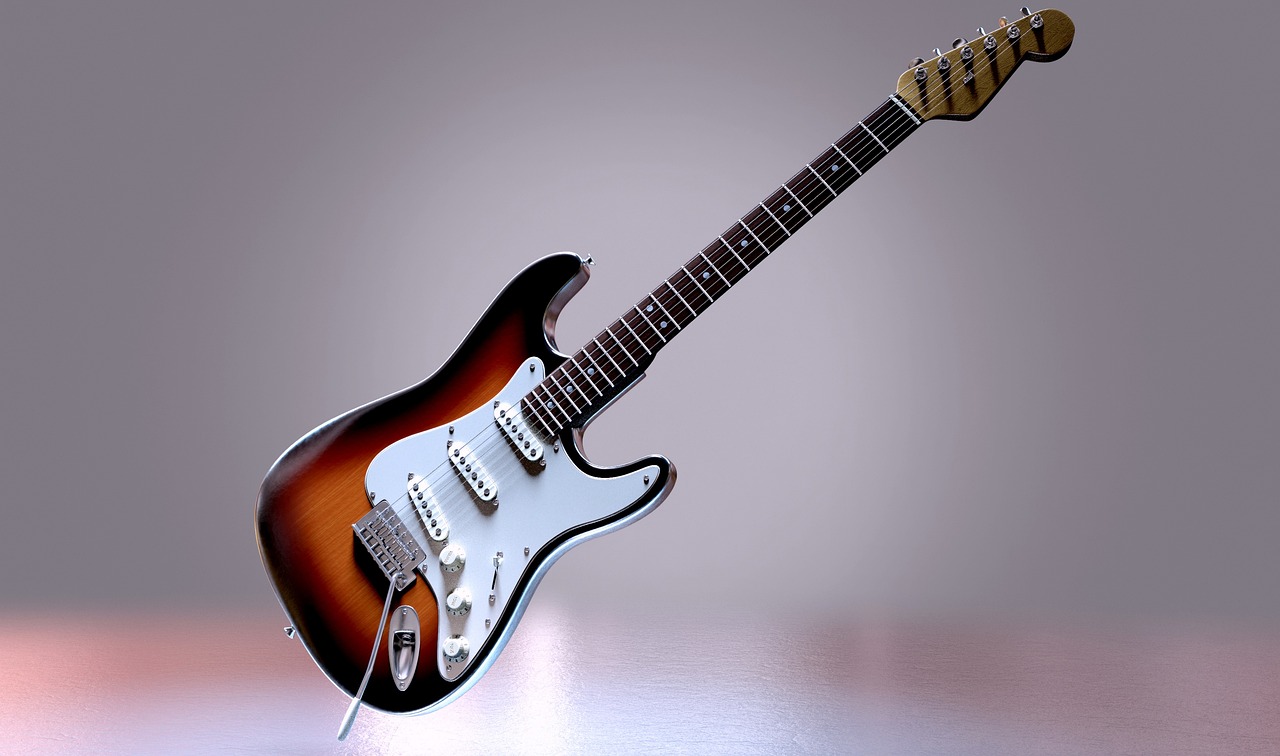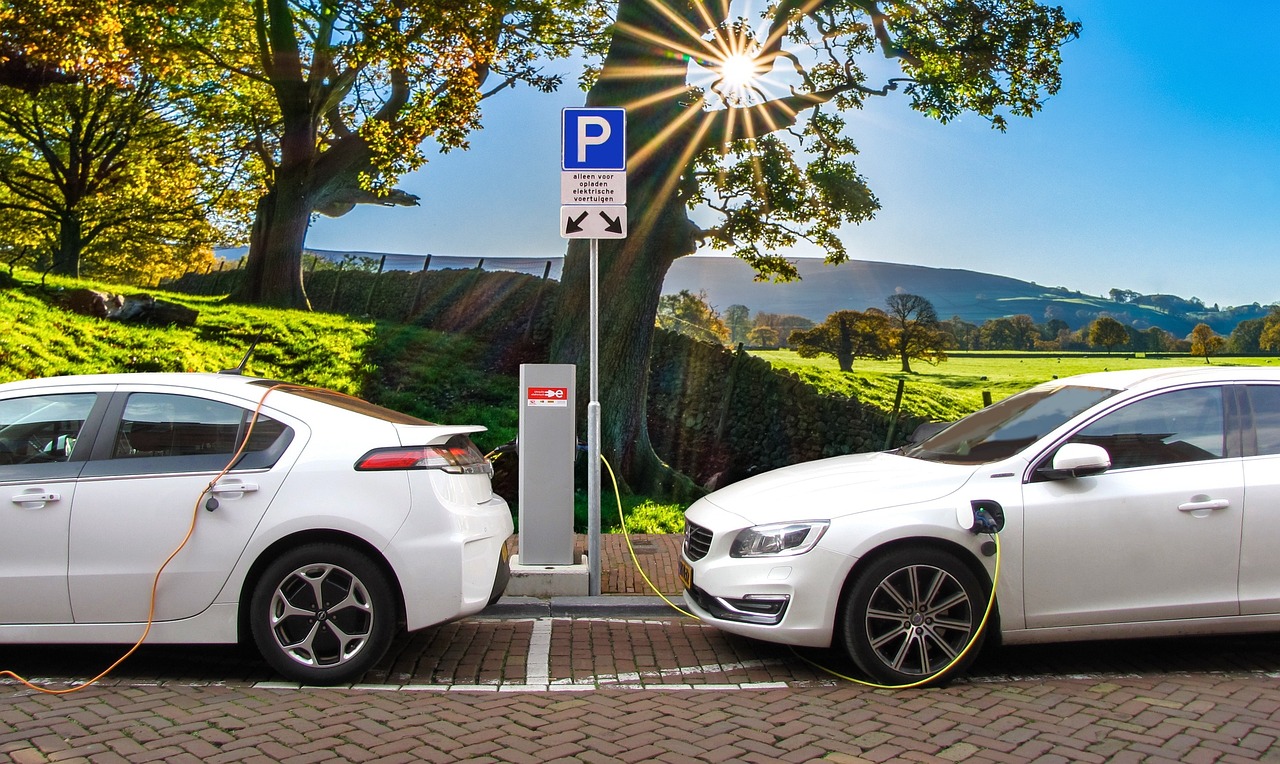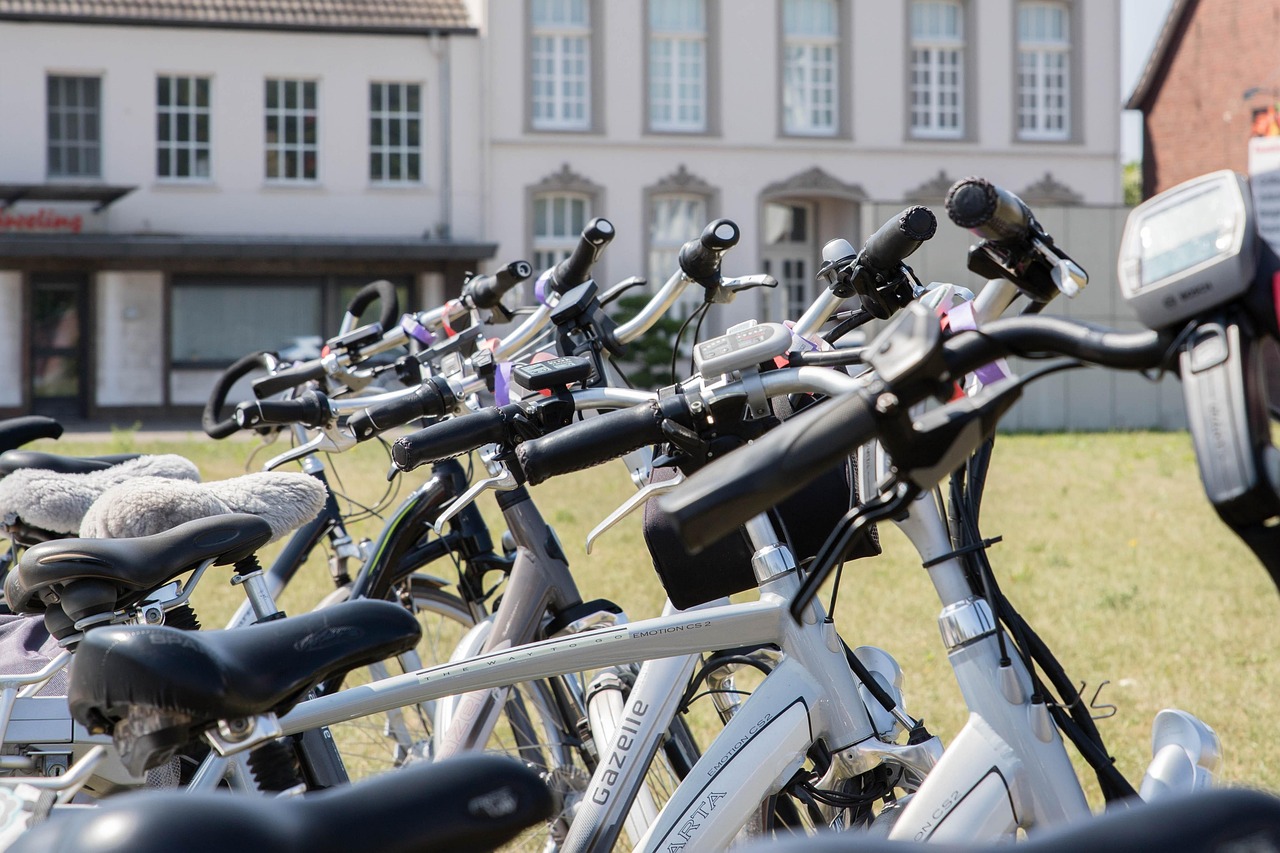This article explores the performance of fat tire electric bikes across various terrains, examining their advantages, challenges, and suitability for different riding conditions.
Understanding Fat Tire Electric Bikes
Fat tire electric bikes are equipped with wider tires that significantly enhance stability and traction. Unlike traditional e-bikes, these bikes are specifically designed for off-road adventures. The larger surface area of the tires allows riders to navigate through challenging terrains with ease, making them ideal for various outdoor activities.
The Benefits of Fat Tires
- Improved Grip: The wider tires create a larger contact patch with the ground, providing better grip on slippery or uneven surfaces.
- Shock Absorption: Fat tires effectively absorb shocks from bumps and rough terrains, enhancing overall riding comfort.
Terrain Adaptability
Fat tire electric bikes excel in various terrains, including:
- Sand Riding: Riding on sandy beaches can be challenging, but fat tire bikes maintain stability and traction on soft surfaces.
- Snow Performance: These bikes are popular for winter riding, effectively navigating snow-covered trails and icy conditions.
- Rocky Trails: Fat tire bikes manage rough surfaces well, providing a smoother ride through challenging landscapes.
Electric Motor Power and Performance
The power of the electric motor plays a crucial role in bike performance. Different motor types can influence speed and climbing ability, allowing riders to tackle steep hills and rough trails with confidence.
Battery Life Considerations
Battery life is essential for long rides. Factors such as terrain and riding style significantly affect battery consumption. Understanding how to maximize battery efficiency can enhance your riding experience.
Choosing the Right Fat Tire Electric Bike
Selecting the appropriate model is vital for optimal performance. Consider key features like tire width, motor power, and frame geometry when making your choice.
Conclusion: The Future of Fat Tire Electric Bikes
Fat tire electric bikes are reshaping the cycling landscape, gaining popularity among adventurous riders. With ongoing advancements in technology, their performance across diverse terrains is likely to improve even further, making them a valuable option for outdoor enthusiasts.

Understanding Fat Tire Electric Bikes
Fat tire electric bikes, often referred to as fat bikes, are a unique category of e-bikes that feature significantly wider tires than traditional electric bicycles. These wider tires, typically measuring between 4 to 5 inches in width, are specifically designed to enhance stability and traction on a variety of terrains. This section delves into the distinctive features of fat tire electric bikes and highlights how they differ from their traditional counterparts.
One of the most notable characteristics of fat tire electric bikes is their ability to adapt to challenging environments. The wider tires distribute the rider’s weight more evenly, which allows for better performance on soft surfaces such as sand and snow. This feature makes them an excellent choice for adventurous riders who seek to explore off-road paths and less traveled trails.
In contrast, traditional e-bikes typically come equipped with narrower tires that excel on paved roads but may struggle on uneven or loose surfaces. The enhanced grip provided by fat tires allows for greater control and confidence when navigating rocky trails or steep inclines, making fat tire electric bikes a versatile option for various riding conditions.
Moreover, the design of these bikes often includes a robust frame and a powerful electric motor, which contribute to their overall performance. Riders can enjoy a smoother ride thanks to the shock-absorbing qualities of fat tires, which help mitigate the impact of bumps and irregularities in the terrain.
Overall, fat tire electric bikes represent a significant evolution in the world of cycling, catering to those who seek both adventure and comfort. Their unique features set them apart from traditional e-bikes, making them an appealing choice for riders looking to conquer diverse landscapes with ease.
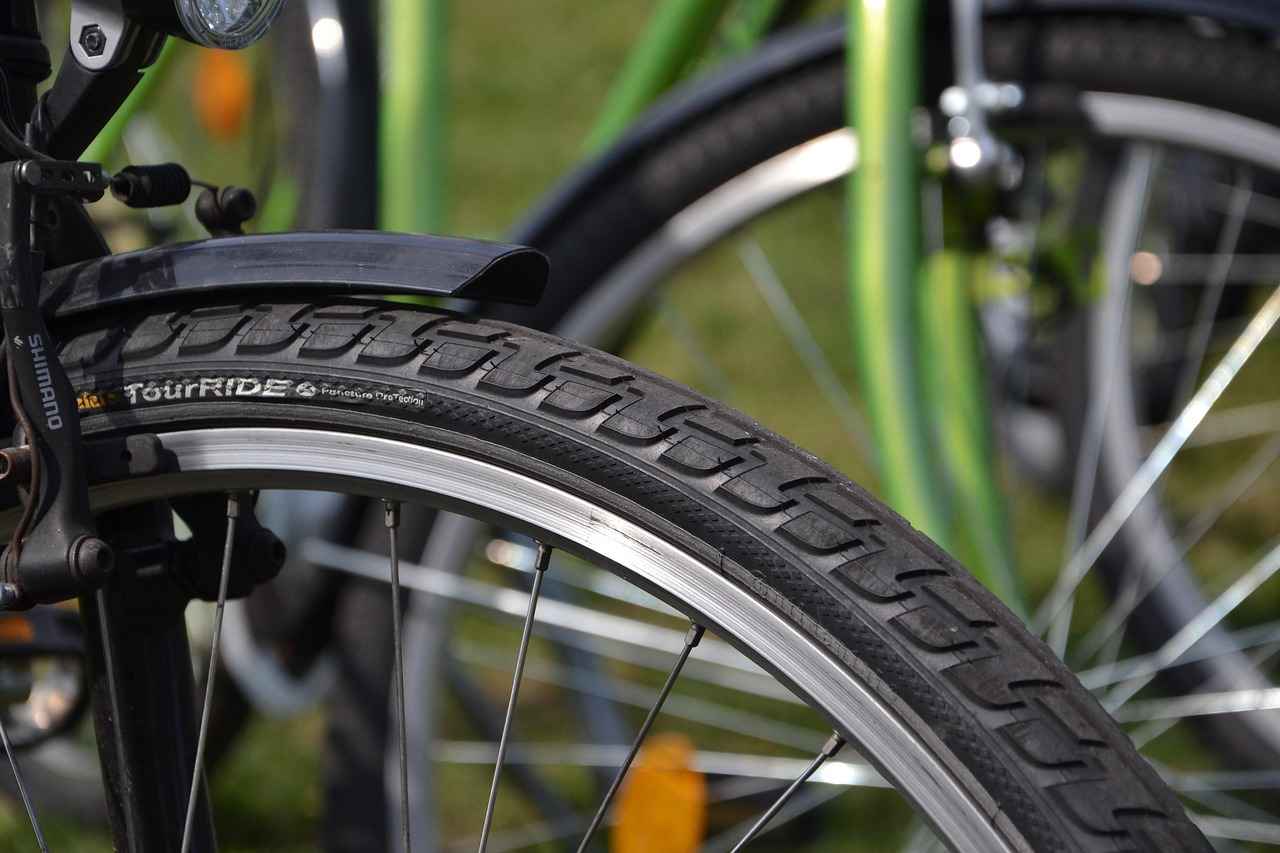
The Benefits of Fat Tires
Fat tires have become increasingly popular among cycling enthusiasts due to their unique design and performance benefits. These wider tires are engineered to enhance grip and provide superior shock absorption, making them an ideal choice for diverse riding conditions. This section delves into the various advantages of fat tires, highlighting how they contribute to an improved riding experience.
- Enhanced Grip: The broader surface area of fat tires allows for better traction on different terrains, including muddy paths, snowy trails, and sandy beaches. This increased grip helps riders maintain control, especially in challenging conditions, reducing the risk of slips and falls.
- Shock Absorption: Fat tires excel in absorbing shocks from uneven surfaces. This means that riders can enjoy a smoother ride, even on rugged trails. The ability to cushion impacts enhances overall comfort, making long rides less tiring and more enjoyable.
- Stability: The wider profile of fat tires contributes to increased stability, allowing riders to navigate tricky terrains with confidence. This stability is particularly beneficial for beginners or those who may feel uneasy on narrow tires.
- Versatility: Fat tires are not just limited to off-road adventures. They perform well on pavement and gravel too, making them a versatile choice for various types of rides. This adaptability means that riders can explore different environments without needing to switch bikes.
In summary, the benefits of fat tires extend beyond mere aesthetics. Their ability to enhance grip, absorb shocks, and provide stability makes them a valuable addition to any cyclist’s gear. Whether traversing rocky trails or cruising along the beach, fat tires offer a level of performance that significantly improves riding comfort and safety.
Terrain Adaptability
Fat tire electric bikes are known for their exceptional versatility across various terrains, making them a popular choice for adventurous riders. These bikes are specifically designed to handle challenging surfaces, including sand, snow, and rocky paths. Their wide tires provide enhanced stability and traction, allowing riders to confidently navigate through diverse environments.
- Sand Riding: Riding on sandy beaches can be a daunting task for many bikes, but fat tire electric bikes excel in this environment. The wider tires distribute the bike’s weight, preventing it from sinking into soft sand. This feature allows riders to maintain better control and stability while enjoying the scenic beauty of coastal trails.
- Snow Performance: Fat tire electric bikes are becoming increasingly popular for winter riding. Their robust tires provide excellent grip on snow-covered trails, allowing riders to traverse icy conditions with ease. The enhanced traction helps prevent slipping, making winter adventures safer and more enjoyable.
- Riding on Rocky Trails: Navigating rocky terrain can be a challenge for traditional bikes, but fat tire electric bikes offer a smoother ride through these rugged landscapes. The increased tire volume allows for better shock absorption, reducing the impact from bumps and uneven surfaces. This feature not only enhances comfort but also improves overall performance on challenging trails.
In summary, the adaptability of fat tire electric bikes across different terrains makes them an excellent choice for riders seeking adventure. Whether it’s the soft sands of a beach, the snowy trails of winter, or the rocky paths of mountainous regions, these bikes are designed to handle it all with ease and confidence.
Sand Riding
can be an exhilarating yet challenging experience for cyclists, especially when traversing soft, shifting beaches. Fat tire bikes are specifically engineered to tackle these difficult conditions, offering riders the necessary traction and stability required to navigate sandy terrains effectively.
One of the key features of fat tire bikes is their wider tires, which typically measure between 3.5 to 5 inches in width. This increased surface area allows the bike to distribute weight more evenly across the sand, preventing it from sinking. As a result, riders can maintain momentum even on the softest surfaces.
Another advantage of fat tire bikes is their lower tire pressure. Riders can adjust the pressure in their tires to improve grip on the sand. By lowering the pressure, the tires become more flexible, allowing them to conform to the contours of the sandy surface, which enhances stability and control.
When riding on the beach, it is essential to adopt the right technique. Leaning back slightly can help shift your weight and keep the front wheel from digging into the sand. Additionally, maintaining a steady pace is crucial; sudden accelerations can cause the bike to lose traction, while a consistent speed helps in gliding over the surface.
Moreover, fat tire bikes are equipped with powerful electric motors that assist in maintaining speed and overcoming resistance from the sand. This feature is particularly beneficial for riders who may struggle with pedaling through soft terrain, allowing for a more enjoyable and less strenuous experience.
In conclusion, fat tire bikes are an excellent choice for those looking to explore sandy beaches. Their unique design and features enable riders to conquer soft sand while enjoying a stable and thrilling ride. Whether you’re a seasoned cyclist or a beginner, these bikes offer the perfect blend of performance and fun on sandy trails.
Snow Performance
Fat tire bikes have gained immense popularity among winter sports enthusiasts, particularly for their exceptional performance on snow-covered trails. These bikes are equipped with oversized tires that offer superior traction and stability, making them ideal for navigating through challenging winter terrains.
One of the primary advantages of fat tire bikes in snowy conditions is their ability to float on top of the snow rather than sinking in. This buoyancy allows riders to maintain better control and balance, which is crucial when traversing soft or powdery snow. The wider tires also distribute the rider’s weight more evenly, reducing the risk of getting stuck.
In addition to their flotation capabilities, fat tire bikes are designed to handle icy conditions effectively. Many models come with specialized tires that feature aggressive tread patterns, providing enhanced grip on slick surfaces. This feature is particularly beneficial for riders who enjoy exploring trails that may not be perfectly groomed or cleared of snow and ice.
Riders can also benefit from the shock absorption properties of fat tires. The larger volume of air in these tires helps to cushion the ride, allowing for a smoother experience even on rugged, uneven surfaces often found in winter environments. This is especially important for maintaining comfort during longer rides, where bumps and dips can become more pronounced.
Moreover, fat tire bikes are versatile and can be used for various winter activities, from leisurely rides on snow-packed paths to more adventurous excursions in deeper snow. Their adaptability makes them a popular choice for those looking to explore the great outdoors during the winter months.
In conclusion, fat tire bikes are a fantastic option for winter riding, offering a unique combination of stability, traction, and comfort. Whether you’re a seasoned rider or a beginner, these bikes can enhance your winter cycling experience, allowing you to tackle snow-covered trails with confidence.
Riding on Rocky Trails
Navigating rocky terrain can be a daunting experience for many cyclists, especially those who are not accustomed to rough surfaces. However, fat tire electric bikes are engineered to tackle such challenges with remarkable ease. This section delves into the ways these bikes manage rocky trails, ensuring a smoother and more comfortable ride even in the most challenging landscapes.
One of the primary advantages of fat tire electric bikes is their wider tires. These tires provide increased surface area, which enhances traction and stability on uneven ground. When riding on rocky trails, the larger tire footprint allows for better weight distribution, minimizing the impact of sharp rocks and uneven surfaces. This feature is particularly beneficial when navigating steep inclines or declines, where maintaining control is crucial.
Moreover, the shock-absorbing capabilities of fat tires play a significant role in improving ride quality. The added volume of air in the tires allows for lower tire pressure, which in turn helps to absorb shocks from bumps and rocks. This results in a smoother ride, reducing fatigue and discomfort during long rides on rugged terrain.
Additionally, fat tire electric bikes are equipped with powerful electric motors that assist riders in conquering steep and rocky paths. With the right motor power, cyclists can maintain a steady pace without exerting excessive effort, making it easier to navigate challenging landscapes.
In summary, fat tire electric bikes are a fantastic option for those looking to explore rocky trails. Their unique design features, such as wider tires and enhanced shock absorption, provide a superior riding experience compared to traditional bikes. Whether you are an adventurous rider or a casual cyclist, these bikes offer the performance and comfort needed to conquer any rocky terrain.
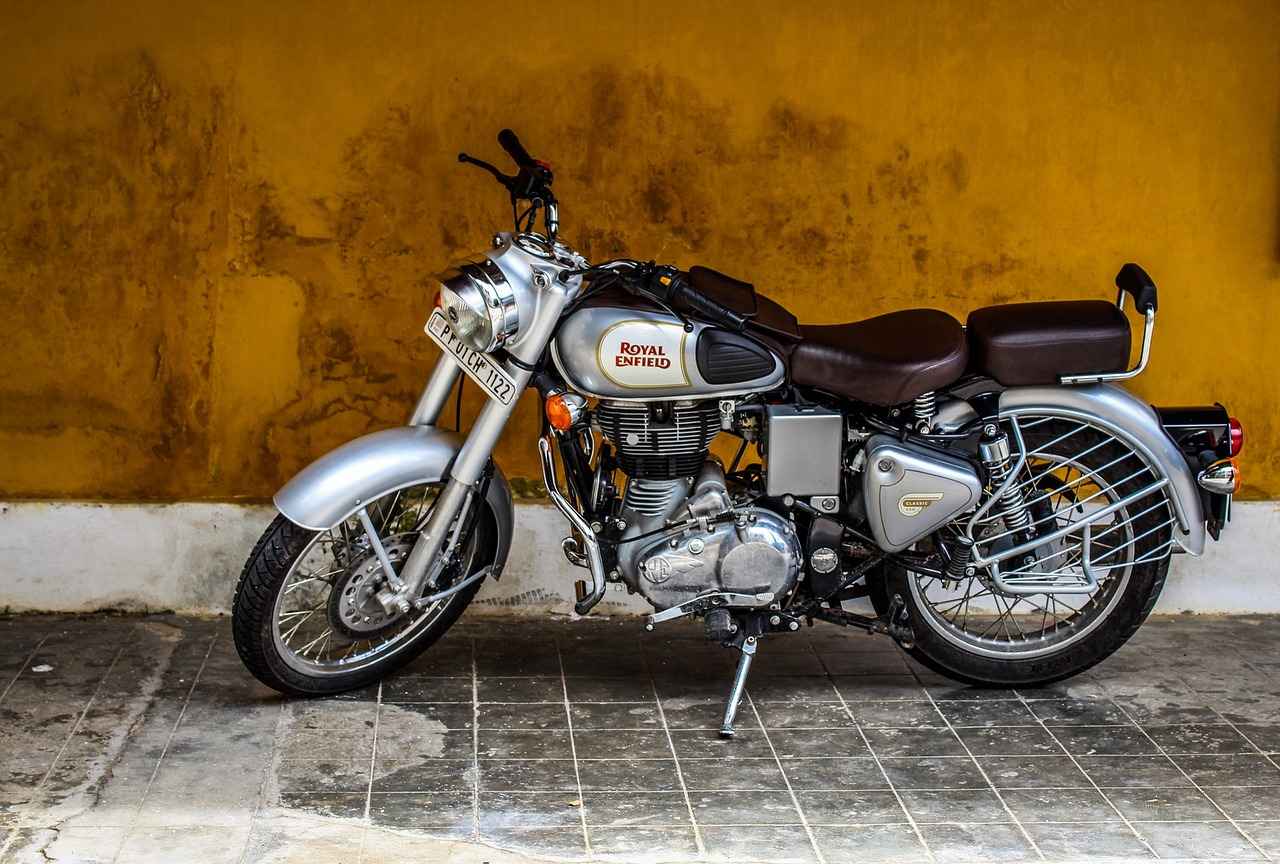
Electric Motor Power and Performance
The electric motor is a crucial component of fat tire electric bikes, as its power directly influences overall bike performance. Understanding the different types of motors available can help riders make informed decisions based on their specific needs and terrain preferences.
There are primarily three types of electric motors used in fat tire bikes: hub motors, mid-drive motors, and gear motors. Each type has its unique characteristics and advantages:
| Motor Type | Advantages | Disadvantages |
|---|---|---|
| Hub Motors | Simple installation, lower maintenance, and quiet operation. | Less torque for climbing steep hills and can affect bike balance. |
| Mid-Drive Motors | Better weight distribution, higher torque, and improved climbing ability. | More complex installation and can wear out drivetrain components faster. |
| Gear Motors | High efficiency and good power output for various terrains. | Can be heavier and more expensive than other options. |
When it comes to speed, a more powerful motor can significantly enhance the bike’s capability to reach higher velocities. This is particularly beneficial for riders who enjoy fast-paced rides or need to cover larger distances quickly. Conversely, for those who frequently tackle steep inclines, a motor with higher torque is essential. It allows the bike to climb hills with ease, making it suitable for mountainous terrains.
Moreover, the efficiency of the motor also plays a role in battery life. Riders should consider how the motor’s power output aligns with their riding style and terrain. A motor that is too powerful for flat roads may drain the battery faster than necessary, while a less powerful motor might struggle on steep climbs.
In conclusion, the choice of electric motor can greatly affect a fat tire electric bike’s performance. By understanding the differences between motor types and their respective impacts on speed and climbing ability, riders can select a bike that best suits their individual riding preferences and the challenges of their chosen terrain.
Battery Life Considerations
Battery life is a critical factor for those embarking on long rides with fat tire electric bikes. Understanding how different terrains and riding styles impact battery consumption can help riders make informed decisions and maximize their bike’s efficiency.
When riding on rough terrains such as rocky paths or sandy beaches, the battery tends to deplete more quickly due to the increased effort required to maintain stability and traction. Similarly, navigating through snowy conditions also demands higher power output from the motor, resulting in faster battery drain. Riders should be aware that steeper inclines require more energy, thus affecting overall battery life.
To enhance battery efficiency, consider the following tips:
- Adjust Your Riding Style: Smooth acceleration and maintaining a steady speed can prevent unnecessary battery consumption. Avoid rapid starts and stops, which can drain the battery faster.
- Optimize Tire Pressure: Keeping your tires at the recommended pressure can improve rolling resistance, allowing for better battery performance.
- Utilize Pedal Assist: Engaging the pedal assist feature instead of relying solely on the throttle can significantly extend battery life, as it reduces the load on the motor.
- Plan Your Route: Choose paths that match your bike’s strengths. Avoiding overly challenging terrains can help conserve battery power for longer rides.
- Regular Maintenance: Keeping your bike well-maintained, including checking the motor and battery connections, can ensure optimal performance and efficiency.
In conclusion, understanding the relationship between terrain, riding style, and battery consumption is essential for fat tire electric bike enthusiasts. By implementing effective strategies, riders can maximize their battery efficiency and enjoy longer, more fulfilling rides.
Weight and Maneuverability
The weight of fat tire electric bikes plays a crucial role in their overall handling and performance, particularly when navigating diverse terrains. Understanding how weight influences maneuverability can help riders make informed decisions about their biking experience.
Fat tire electric bikes are typically heavier than traditional bicycles due to their robust frames and larger tires. This added weight can affect maneuverability in several ways:
- Stability: Heavier bikes tend to offer increased stability, especially on rough or uneven surfaces. This stability is beneficial when riding on rocky trails or through snow.
- Acceleration: The extra weight may require more effort to accelerate, particularly on steep inclines. Riders may need to adjust their pedaling technique to compensate for the bike’s heft.
- Turning Radius: Heavier bikes can have a larger turning radius, making sharp turns more challenging. Riders should be mindful of their speed and approach when navigating tight corners.
- Braking Distance: The increased weight can also impact braking distance. Riders should allow for longer stopping distances, especially when descending hills or approaching obstacles.
Moreover, the design of the bike significantly influences how weight affects handling. A well-engineered fat tire electric bike will have a balanced weight distribution, enhancing control and responsiveness. Features such as a lower center of gravity can improve stability and make the bike feel more agile, even with the added weight.
Ultimately, while the weight of fat tire electric bikes can present challenges, understanding these factors allows riders to adapt their riding style and maximize their biking experience. By choosing a bike with thoughtful design elements, cyclists can enjoy the benefits of fat tire technology without compromising on maneuverability.

Choosing the Right Fat Tire Electric Bike
Selecting the appropriate model of fat tire electric bike is crucial for achieving optimal performance tailored to your specific needs. With numerous options available, understanding what to consider based on your intended use can make a significant difference in your riding experience.
- Intended Use: Identify the primary purpose of your bike. Are you planning to ride on sandy beaches, snowy trails, or rocky paths? The terrain will dictate the type of bike you need.
- Tire Width: Wider tires provide better stability and traction. Look for models with a tire width of at least 4 inches for optimal performance on varied terrains.
- Motor Power: The power of the electric motor is vital. A motor with at least 750W is recommended for tackling steep hills and rough surfaces effectively.
- Frame Geometry: A well-designed frame enhances maneuverability and comfort. Consider bikes with adjustable seats and handlebars for a customizable fit.
- Battery Capacity: Evaluate the battery size and range. A larger battery will allow for longer rides without frequent recharging, especially on challenging terrains.
- Weight: Heavier bikes can be more stable but may be harder to maneuver. Consider your strength and riding style when selecting a bike’s weight.
Budget Considerations: Your budget will play a significant role in your selection. Fat tire electric bikes range from affordable models to high-end options. Generally, a higher price point correlates with better quality components and performance. It’s essential to balance your budget with the features that matter most to you.
In conclusion, when choosing the right fat tire electric bike, take the time to assess your needs and preferences carefully. By considering factors such as intended use, key features, and budget, you can find a model that not only meets your expectations but enhances your riding experience across various terrains.
Key Features to Look For
When considering the purchase of a fat tire electric bike, it is crucial to focus on several key features that can significantly enhance your riding experience. These specifications can greatly influence the bike’s performance, comfort, and suitability for various terrains.
- Tire Width: The width of the tires is a defining characteristic of fat tire electric bikes. Typically ranging from 4 to 5 inches, wider tires provide superior traction and stability on soft surfaces like sand and snow. A wider tire also improves shock absorption, making rides smoother over rocky or uneven terrain.
- Motor Power: The power of the electric motor is another essential factor. Motors generally range from 250W to 1000W. A higher wattage translates to better performance, especially on steep hills or challenging trails. Riders should consider their typical riding conditions and choose a motor that meets their performance needs.
- Frame Geometry: The design of the bike frame affects handling and comfort. A well-designed frame will offer a more comfortable riding position, reducing fatigue on longer rides. Look for frames that provide a balance between stability and agility, allowing for easy maneuvering on varied terrains.
- Battery Capacity: Battery life is a critical consideration for any electric bike. A higher capacity battery ensures longer rides without the need for frequent recharging. Consider the range you need based on your typical rides and choose a battery that can support your adventures.
- Weight: The overall weight of the bike can impact its maneuverability. Lighter bikes are easier to handle, especially in challenging conditions. However, ensure that the weight does not compromise the bike’s durability and performance.
In conclusion, understanding these key features will help you make an informed decision when purchasing a fat tire electric bike. By selecting a bike that aligns with your riding style and terrain preferences, you can enhance your overall cycling experience.
Budget Considerations
When it comes to selecting a fat tire electric bike, budget is a significant factor that can greatly influence your decision. Understanding the different price ranges available in the market and what you can expect in terms of quality and performance is essential for making an informed choice.
Fat tire electric bikes typically fall into three main price categories:
- Entry-Level ($1,000 – $2,000): Bikes in this range are usually equipped with basic features and components. They are suitable for casual riders who plan to use the bike for leisurely rides on flat terrains. While they may lack advanced motor power and high-quality materials, they can still provide a decent riding experience.
- Mid-Range ($2,000 – $4,000): This price range offers a balance between quality and affordability. Mid-range fat tire electric bikes often come with better motors, improved battery life, and enhanced durability. Riders looking for a versatile bike that can handle various terrains, including moderate trails, will find good options in this category.
- High-End ($4,000 and above): High-end models are designed for serious enthusiasts and professional riders. These bikes feature top-of-the-line components, powerful motors, and advanced technology. They are built to tackle challenging terrains, providing superior performance and comfort. If you plan to ride frequently on rugged paths or in extreme conditions, investing in a high-end fat tire electric bike may be worthwhile.
When considering your budget, it’s also important to factor in additional costs such as maintenance, accessories, and potential upgrades. Researching different brands and reading user reviews can help you gauge the overall value of a bike within your budget. Ultimately, choosing the right fat tire electric bike requires balancing your budget with your riding needs and preferences.
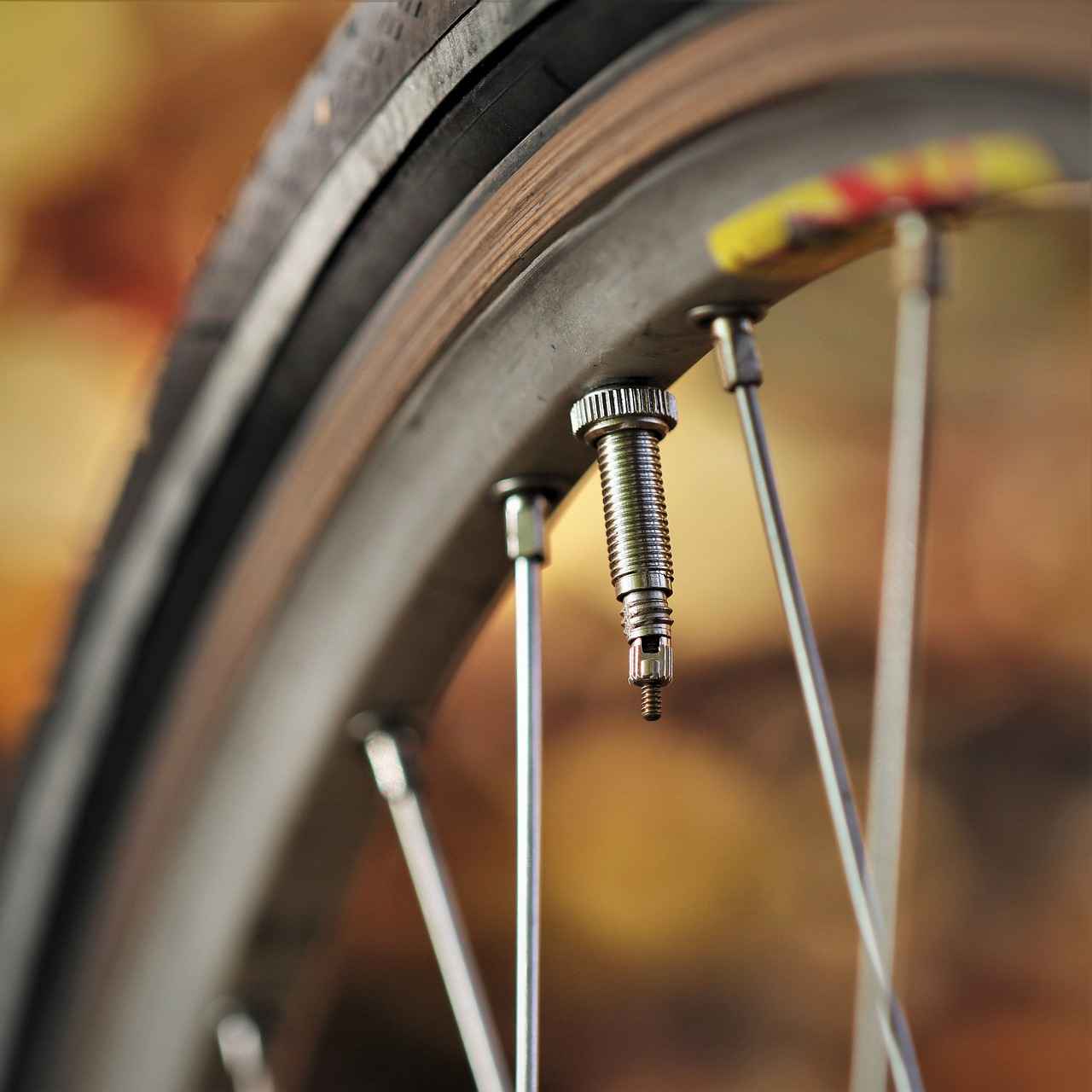
Conclusion: The Future of Fat Tire Electric Bikes
Fat tire electric bikes are rapidly transforming the cycling landscape, gaining traction among enthusiasts and casual riders alike. Their unique design and capabilities make them suitable for a variety of terrains, which is a significant factor contributing to their increasing popularity. As technology continues to evolve, these bikes are poised to become even more efficient and versatile, providing riders with enhanced experiences.
The growing interest in fat tire electric bikes can be attributed to their ability to navigate through challenging environments such as sand, snow, and rocky trails. With their wider tires, these bikes offer superior stability and traction, allowing riders to conquer diverse landscapes with confidence. This adaptability not only appeals to adventure seekers but also to those looking for reliable transportation options in various conditions.
Moreover, advancements in battery technology and electric motor performance are expected to significantly enhance the capabilities of fat tire electric bikes. Innovations such as improved battery life and more powerful motors will enable longer rides and better climbing abilities, making these bikes even more appealing. As manufacturers invest in research and development, we can anticipate the introduction of models that incorporate cutting-edge features tailored to meet the demands of modern cyclists.
Furthermore, as urban areas continue to embrace cycling as a sustainable mode of transportation, fat tire electric bikes are likely to find their place in city commuting. Their robust design and ability to handle rougher terrains make them an excellent choice for riders who navigate both urban streets and outdoor trails.
In conclusion, fat tire electric bikes are not just a passing trend; they represent a significant shift in how we approach cycling. With their potential for future advancements, these bikes are set to enhance the cycling experience for a wide range of riders, making them a worthy investment for those seeking adventure and versatility.
Frequently Asked Questions
- What terrains are fat tire electric bikes best suited for?
Fat tire electric bikes shine on a variety of terrains! Whether you’re tackling sandy beaches, snowy trails, or rocky paths, these bikes offer excellent traction and stability. They are designed to handle the challenges of soft ground, making them perfect for adventurous riders.
- How do fat tires improve riding comfort?
Fat tires are like the cushy pillows of the biking world! They provide better shock absorption and grip, which means a smoother ride over bumps and uneven surfaces. This comfort allows you to enjoy longer rides without the discomfort that comes from jarring impacts.
- What should I consider when choosing a fat tire electric bike?
When selecting your fat tire electric bike, think about the intended use! Look for features like tire width, motor power, and frame geometry. Also, consider your budget, as different price ranges offer varying levels of quality and performance.
- How does battery life vary with terrain?
Battery life can be a game-changer! Riding on challenging terrains like steep hills or soft sand can drain your battery faster than cruising on flat surfaces. To maximize battery efficiency, adjust your riding style and be mindful of the terrain you choose.
- Are fat tire electric bikes heavy?
Yes, they can be a bit heavier than standard bikes due to their robust design. However, this weight contributes to their stability and durability on rough terrains. Just remember, the right bike design can make handling easier!
